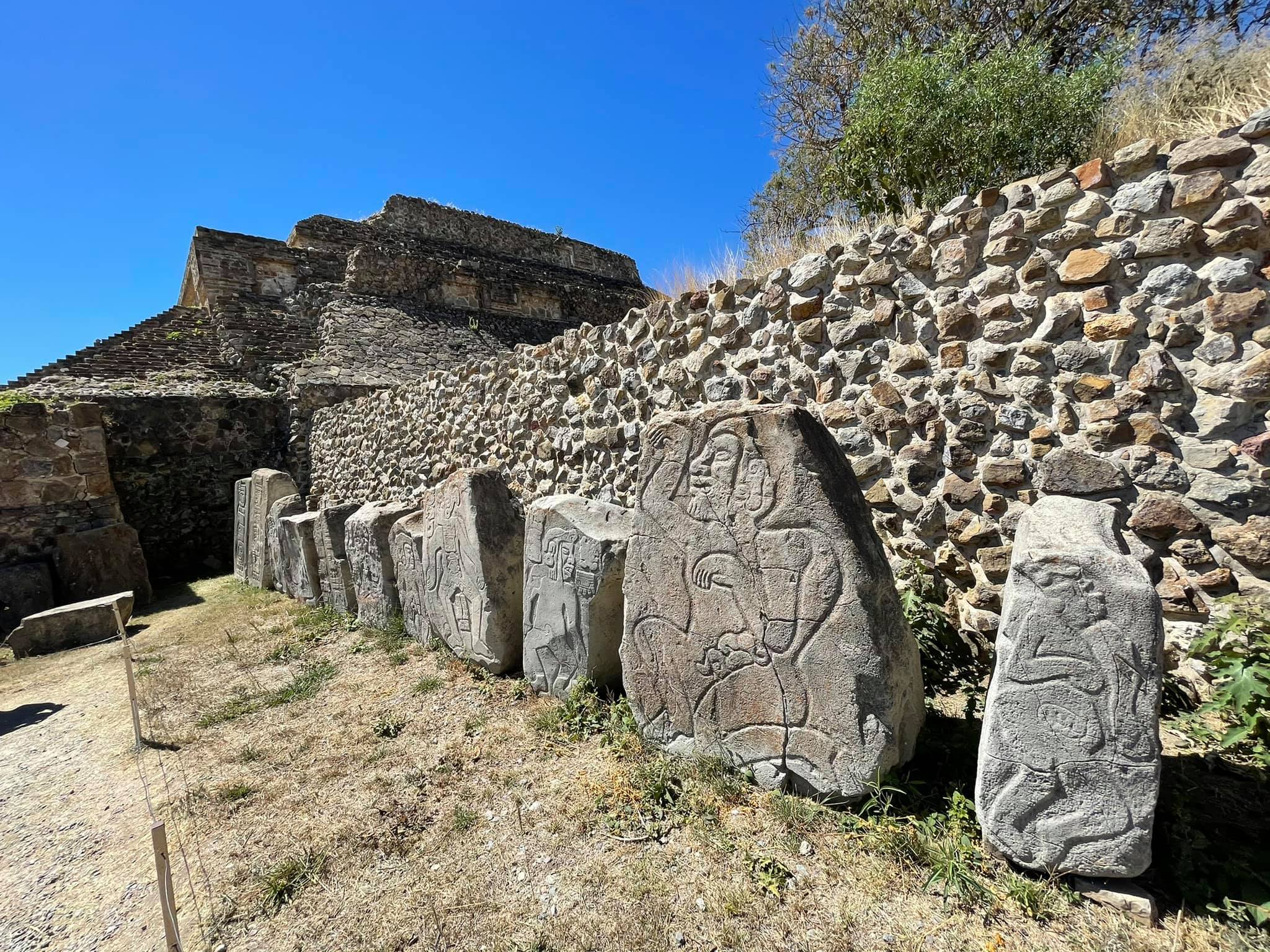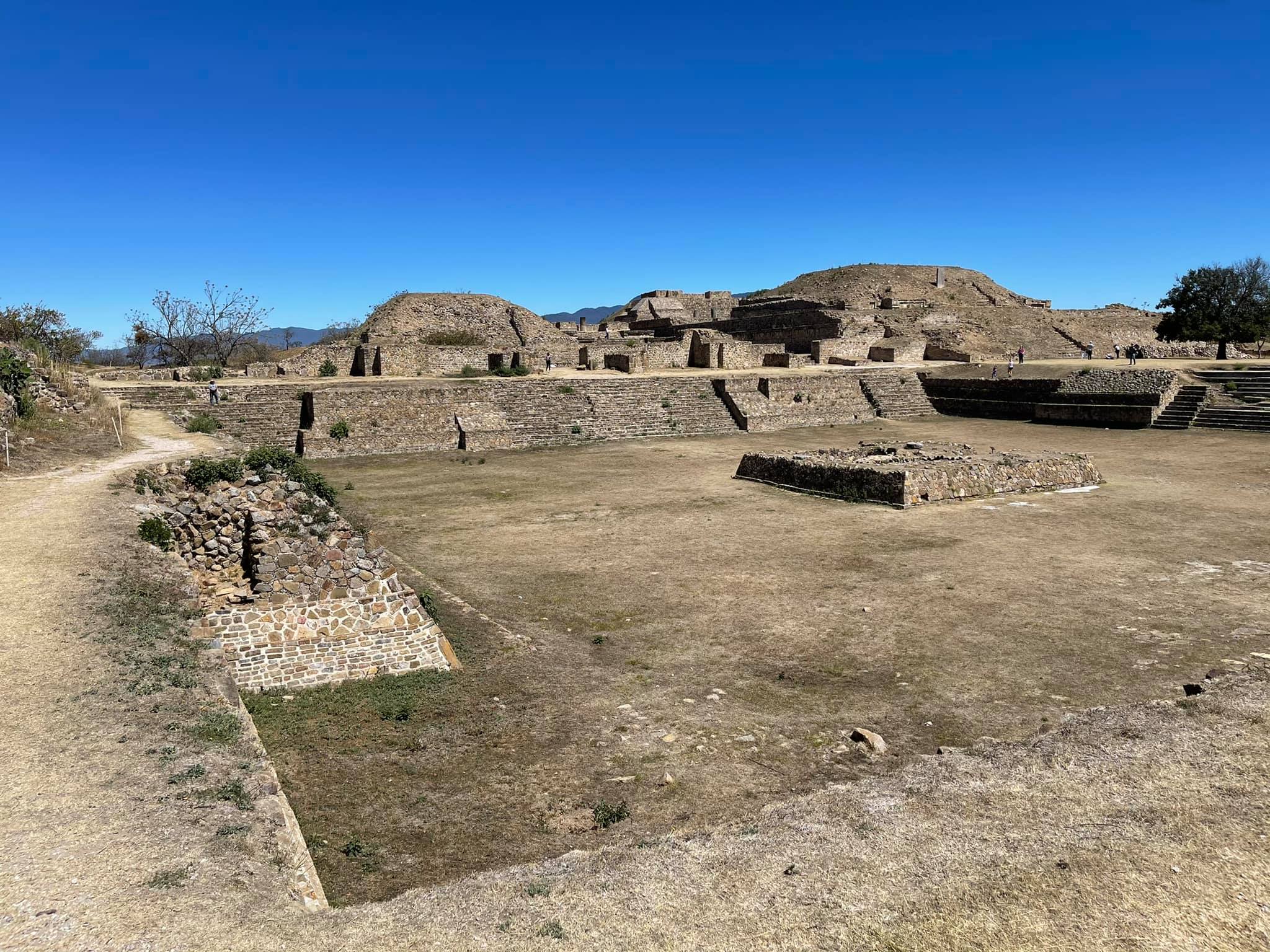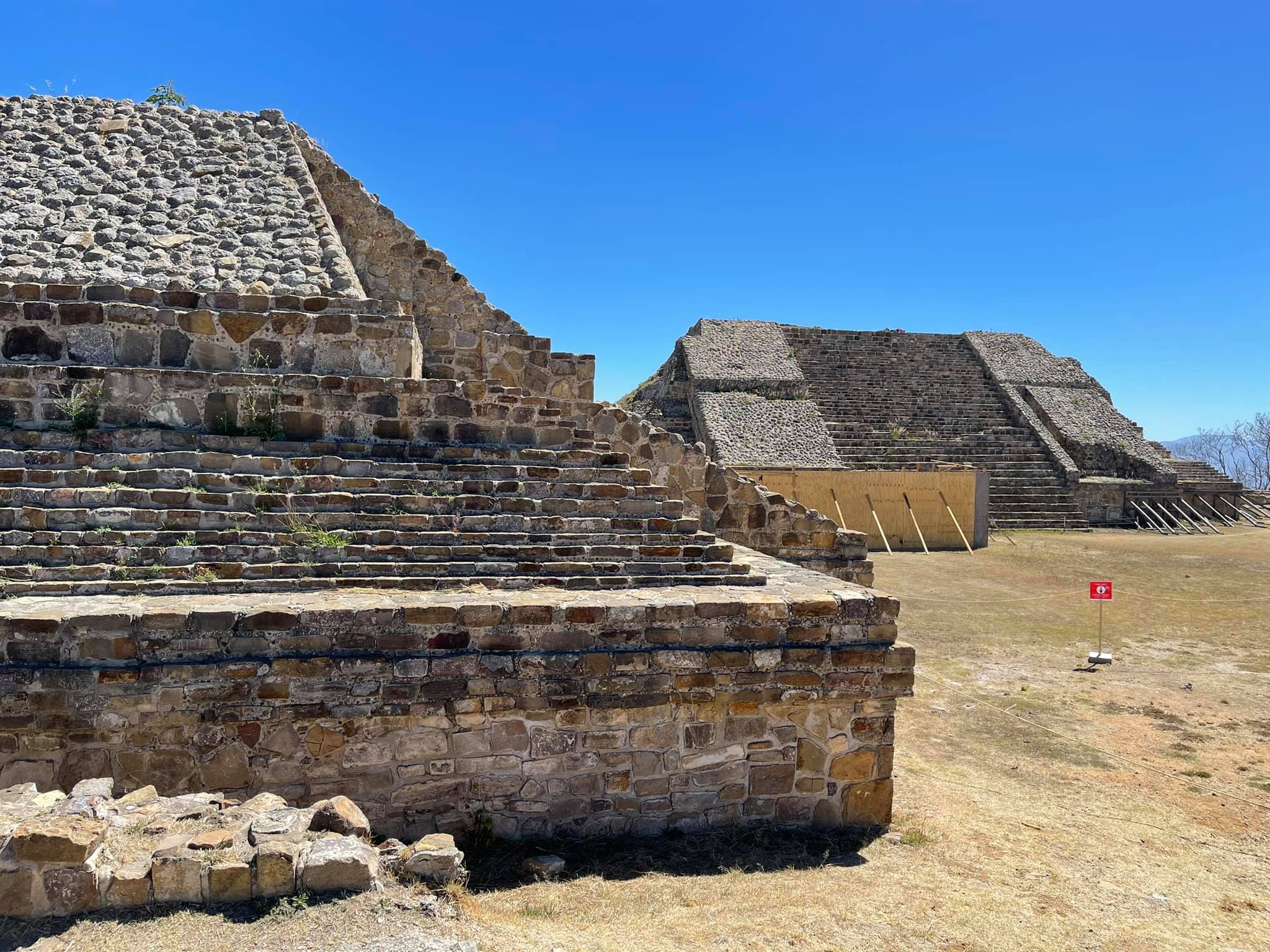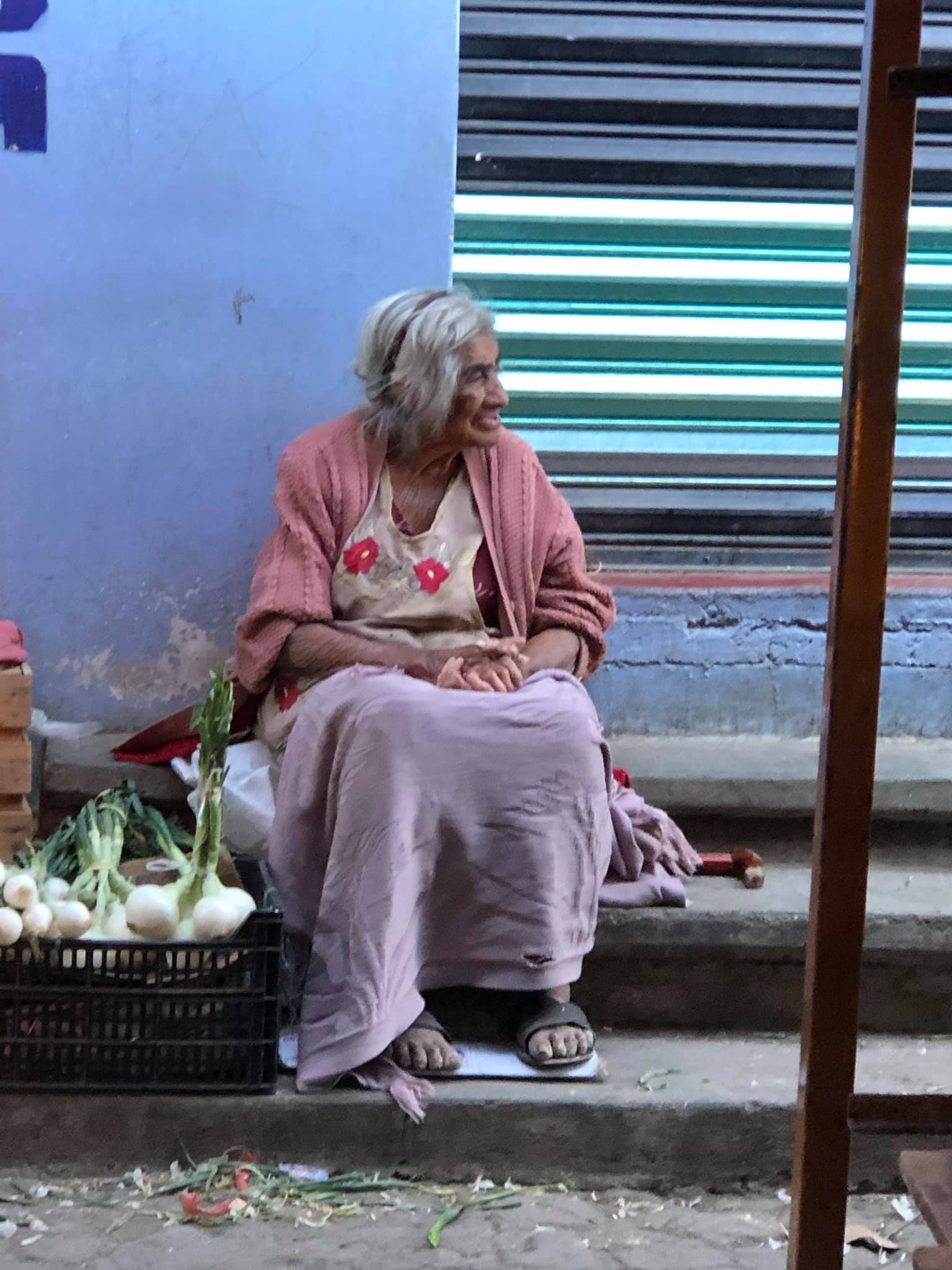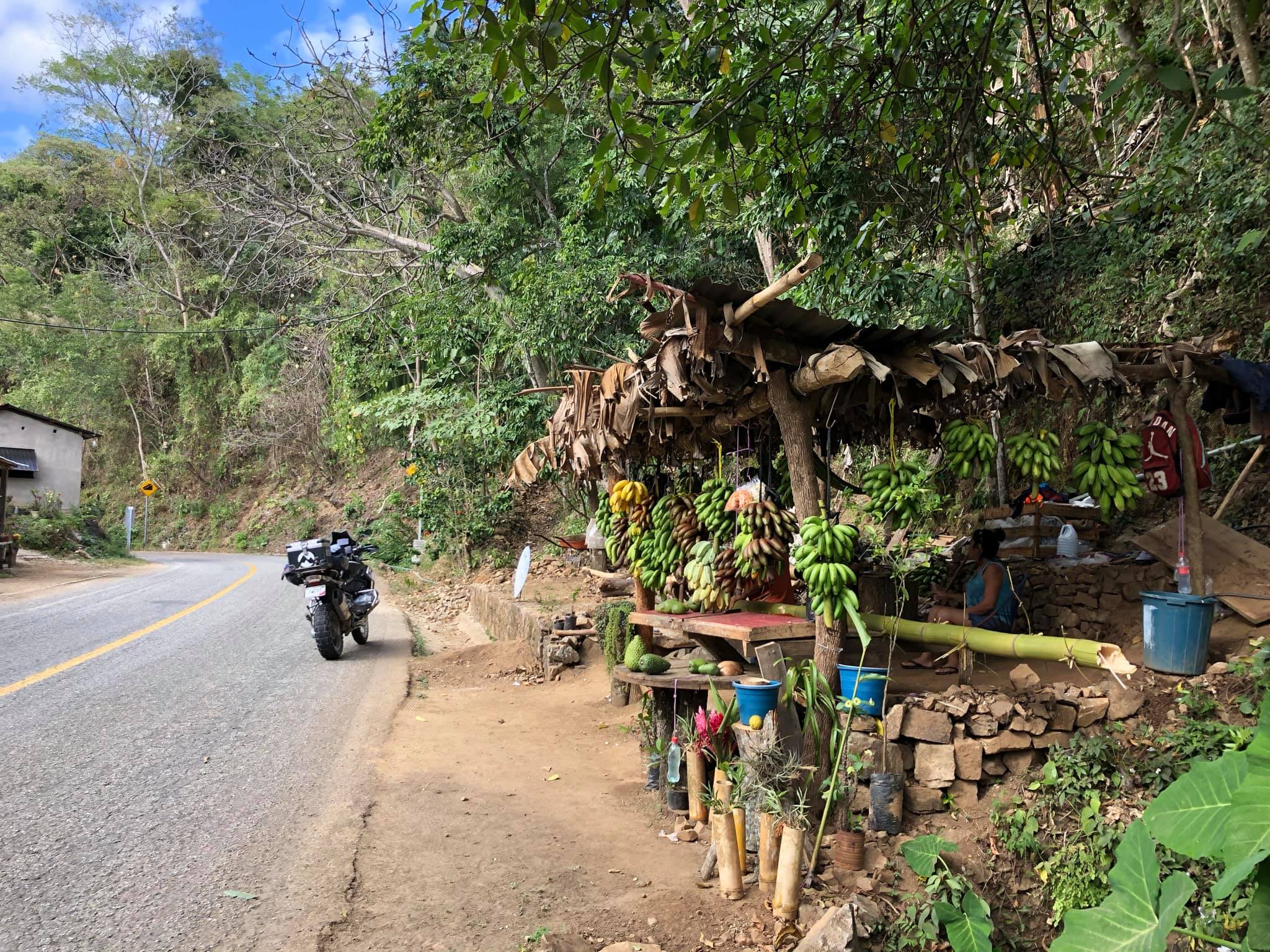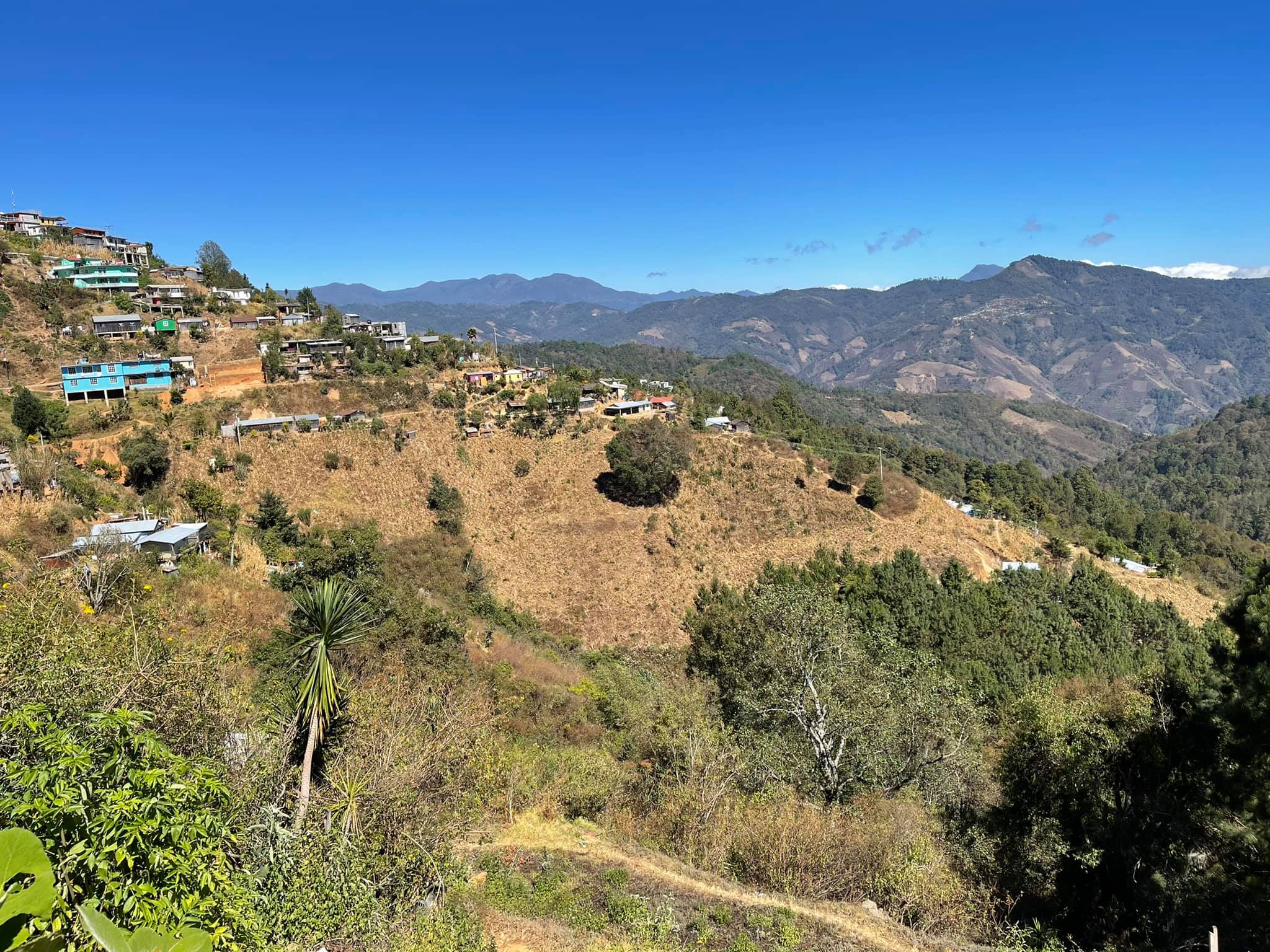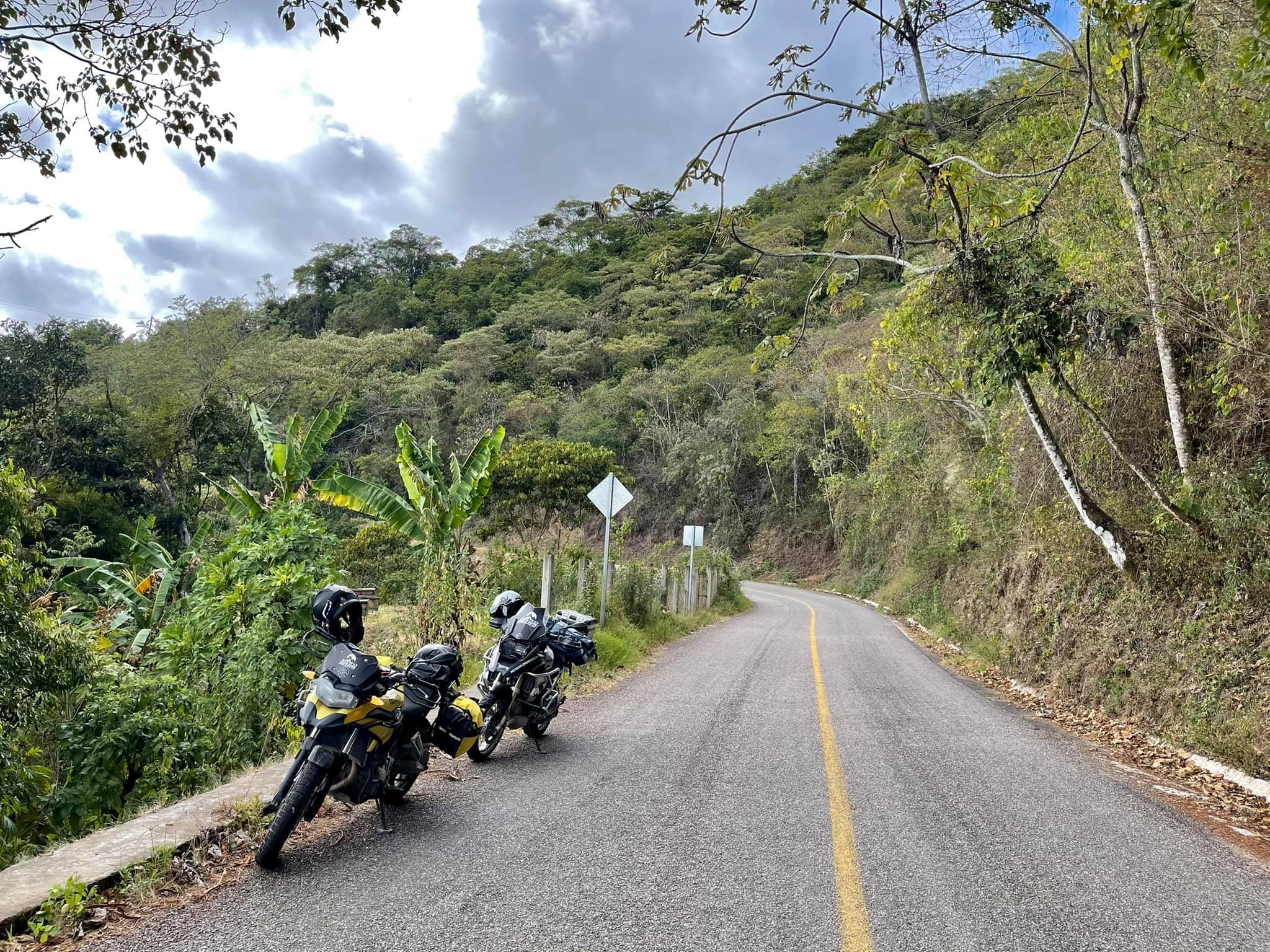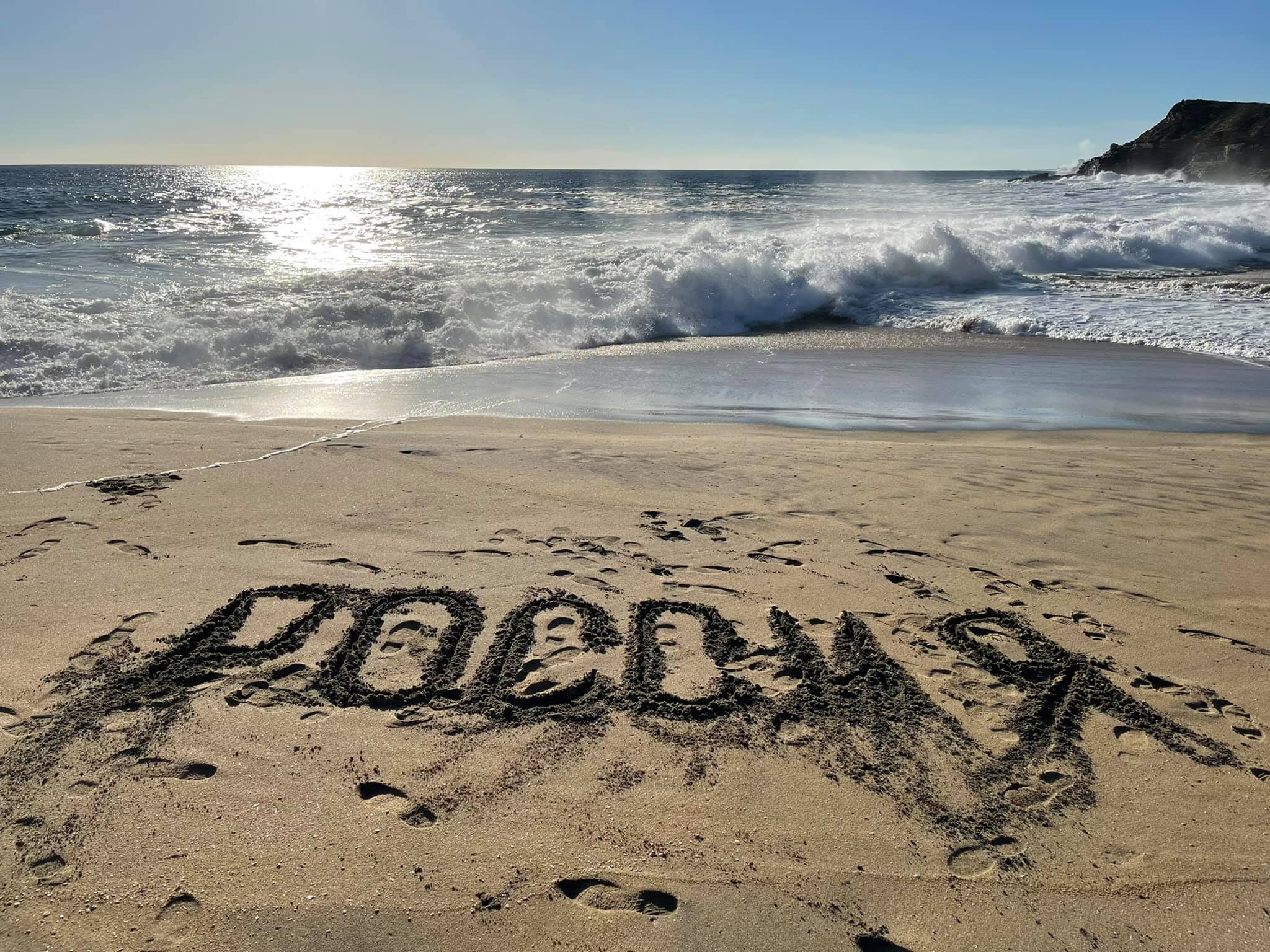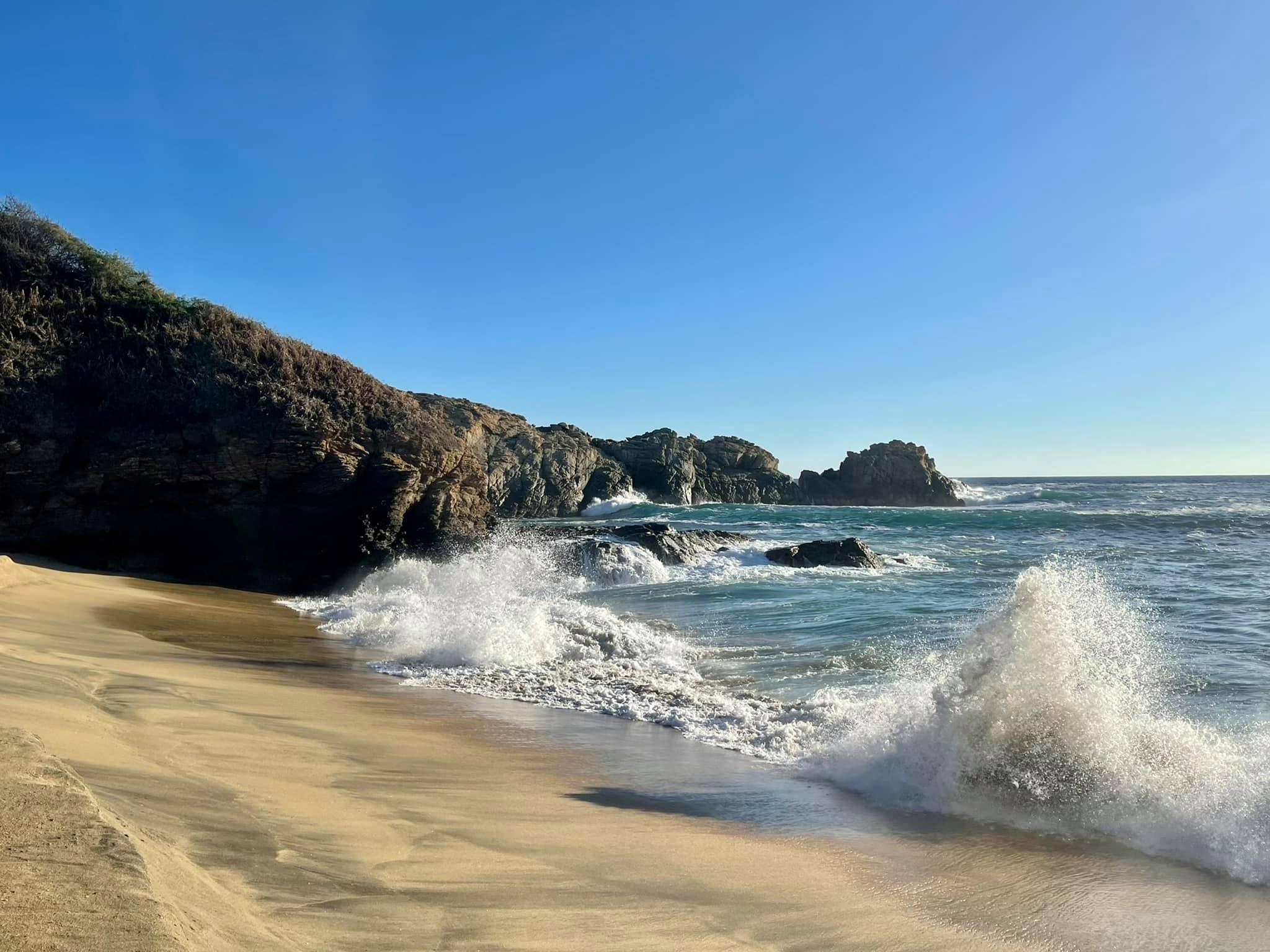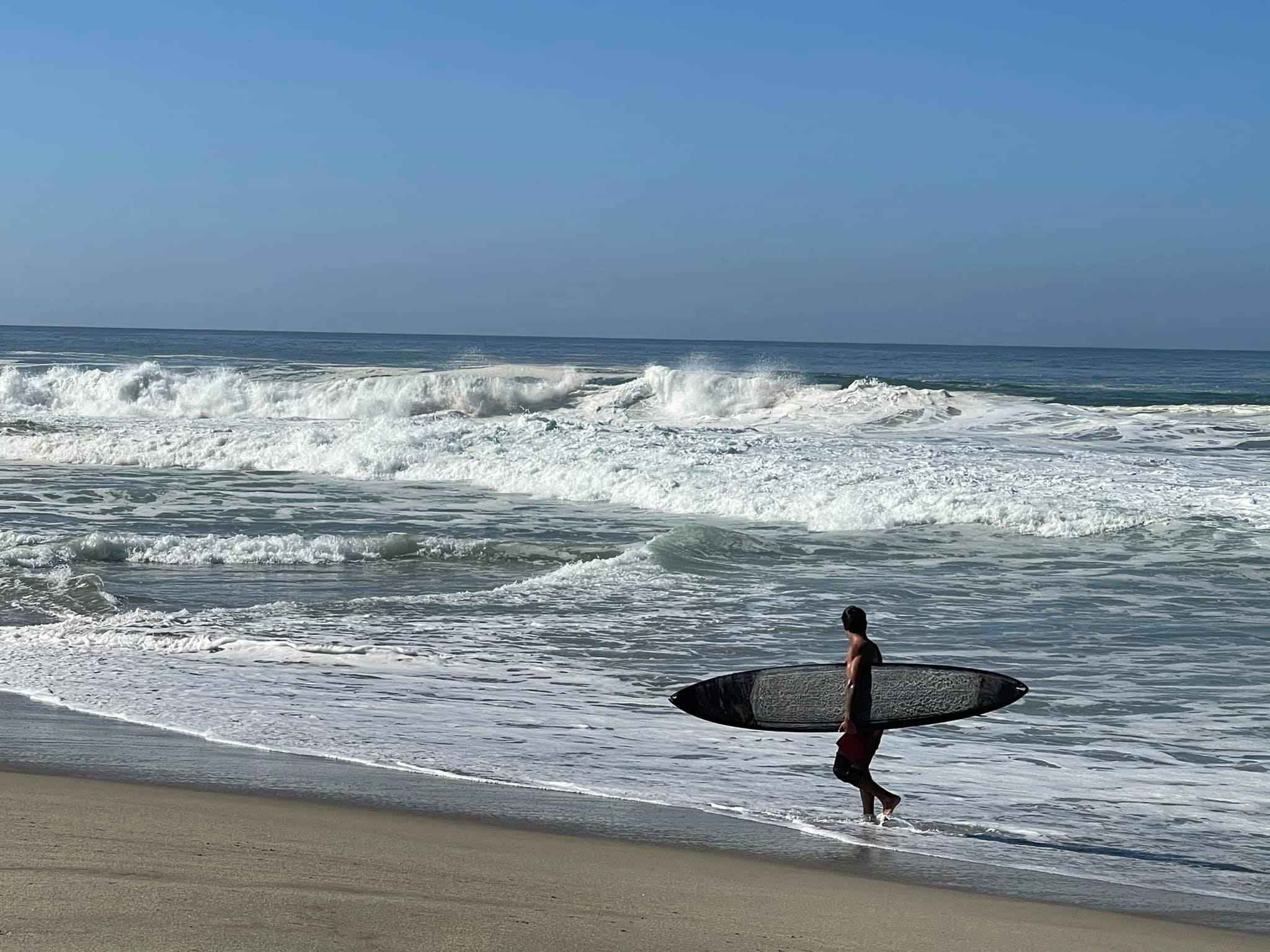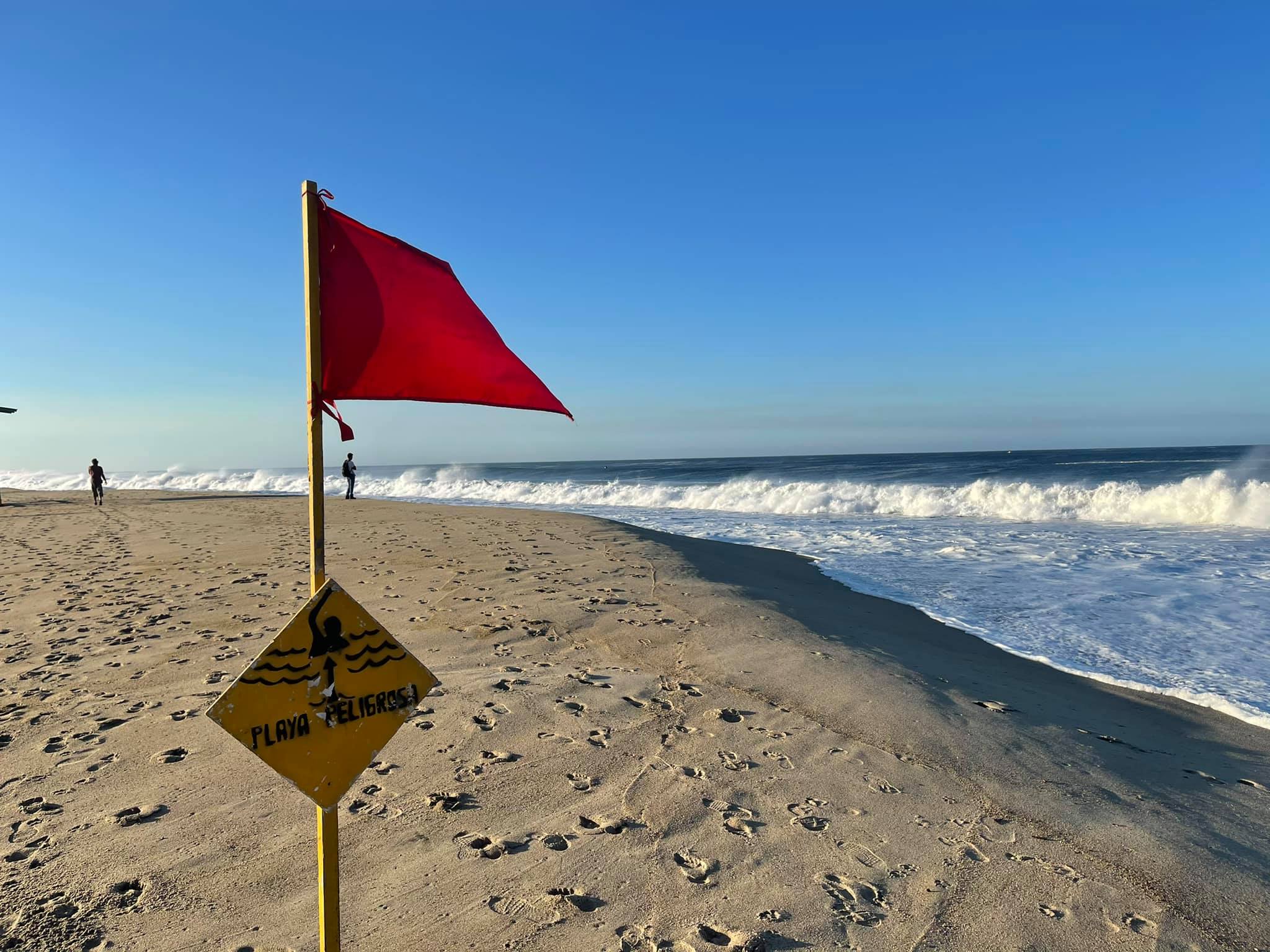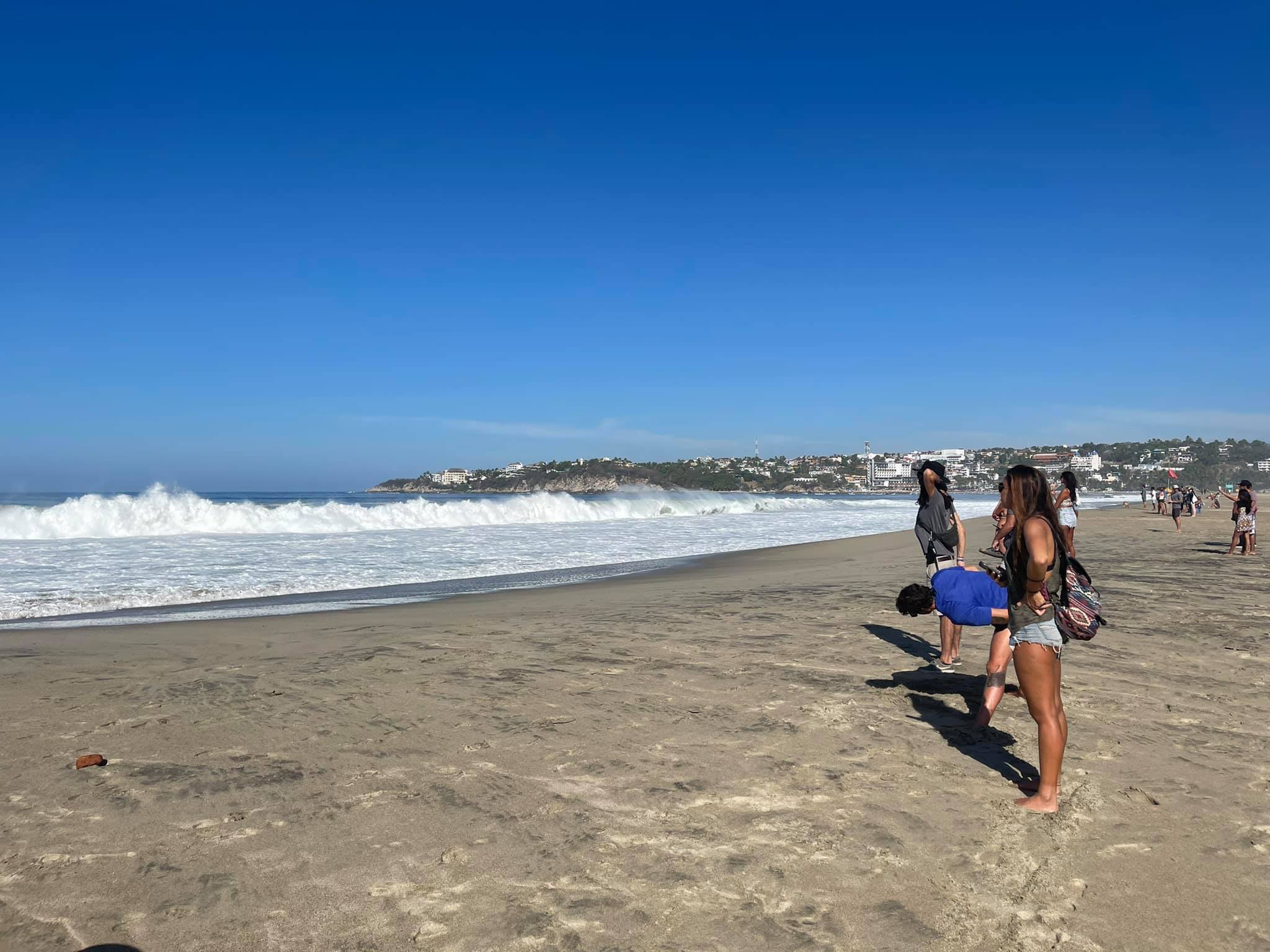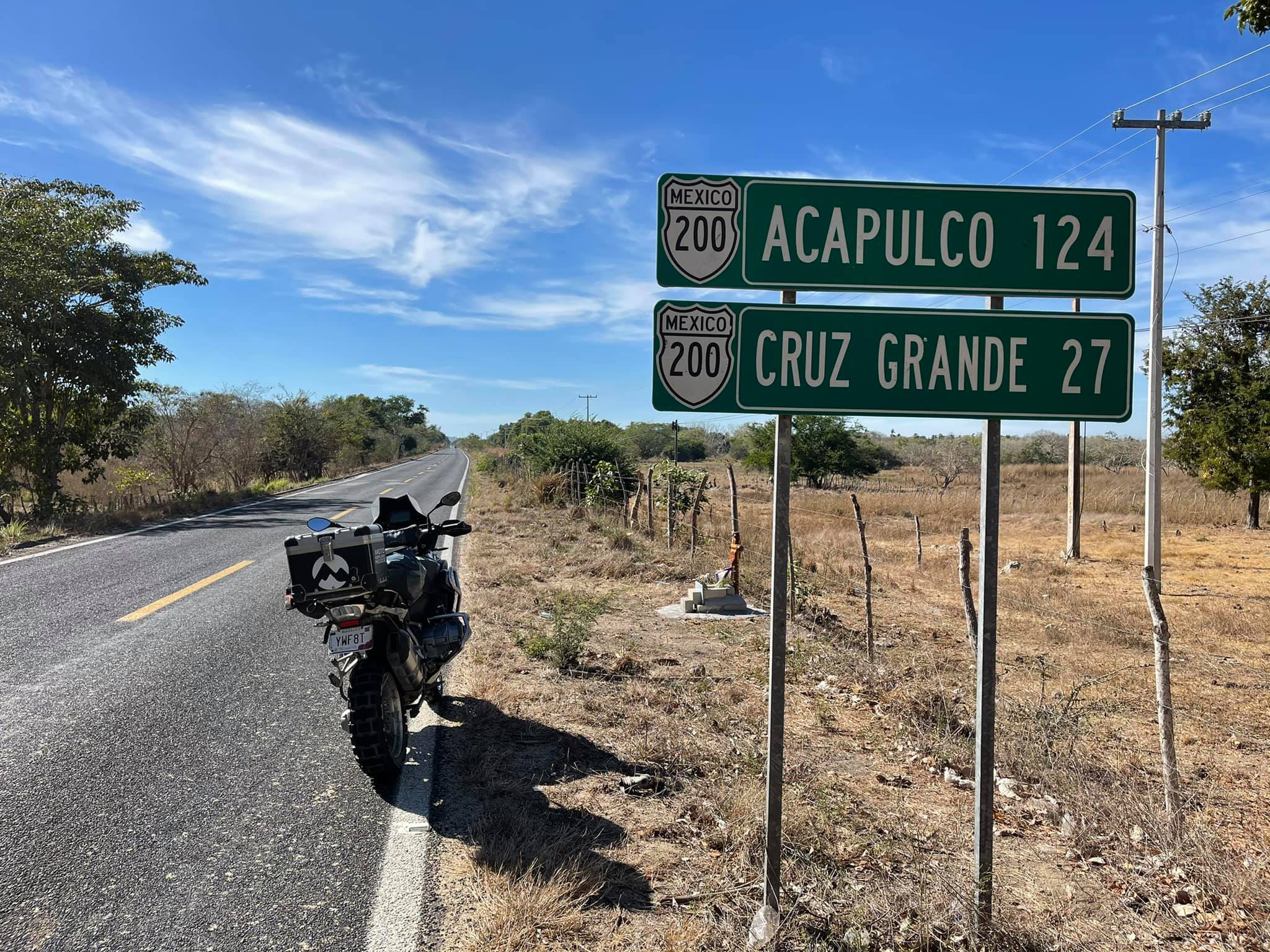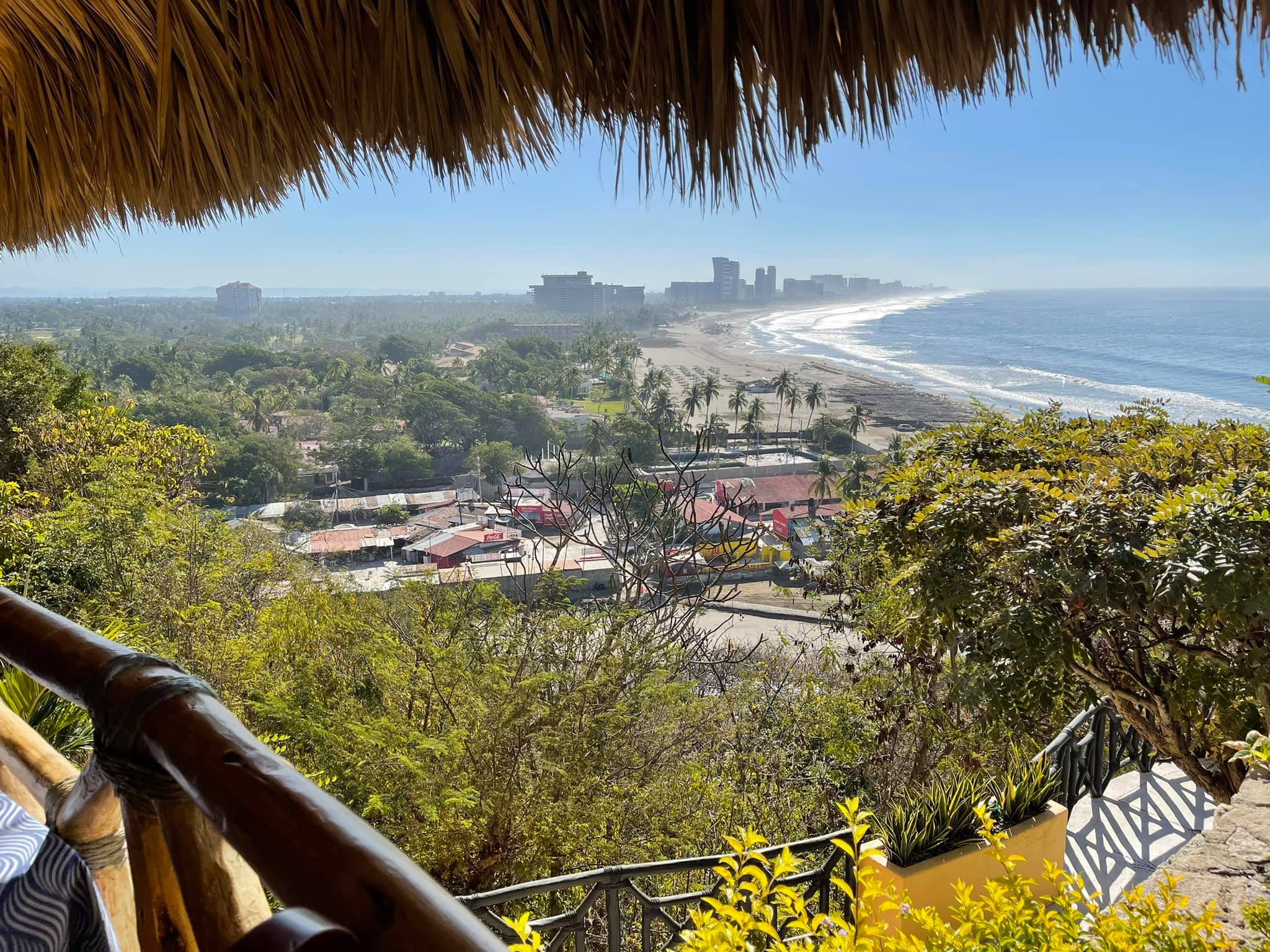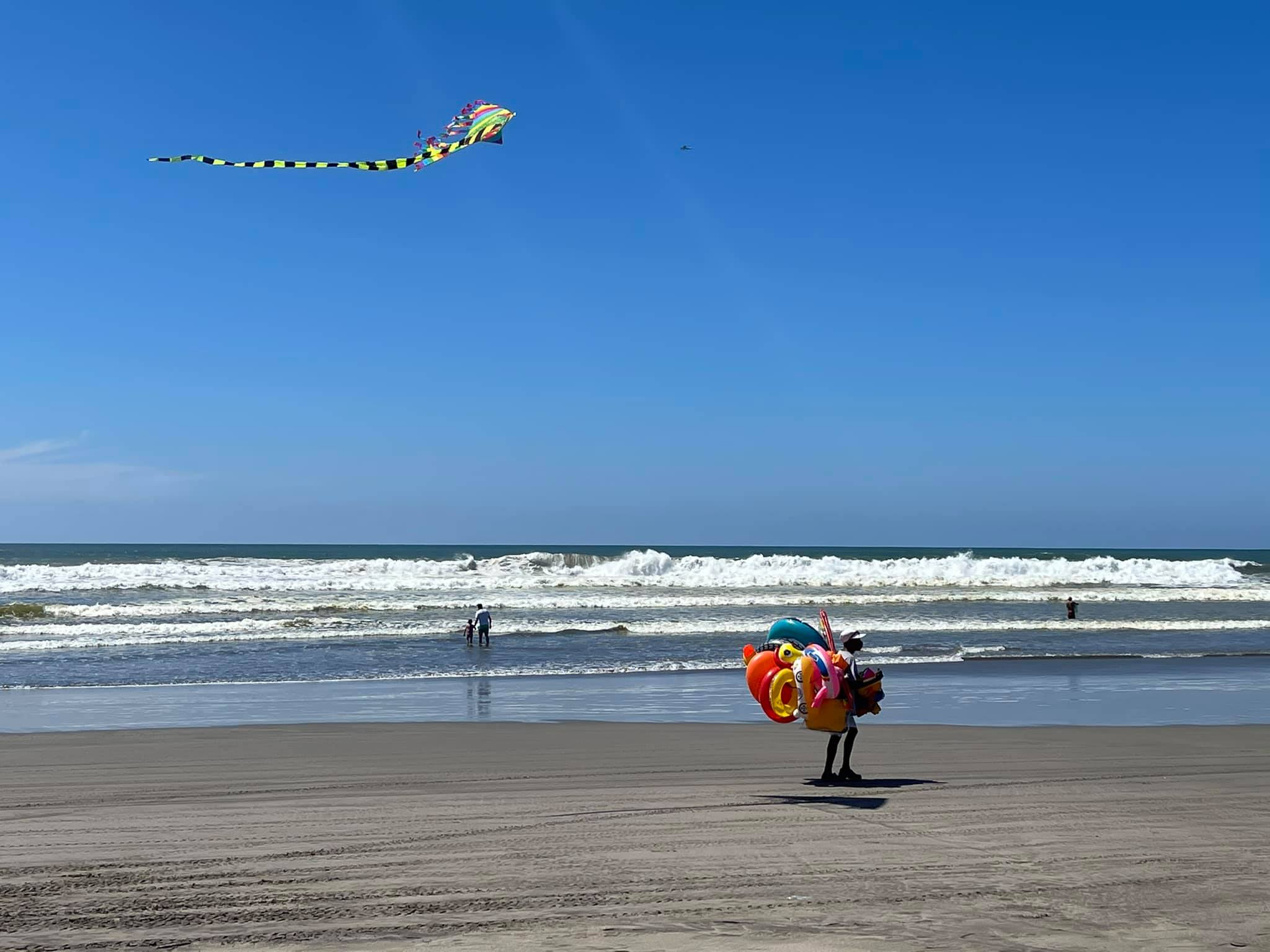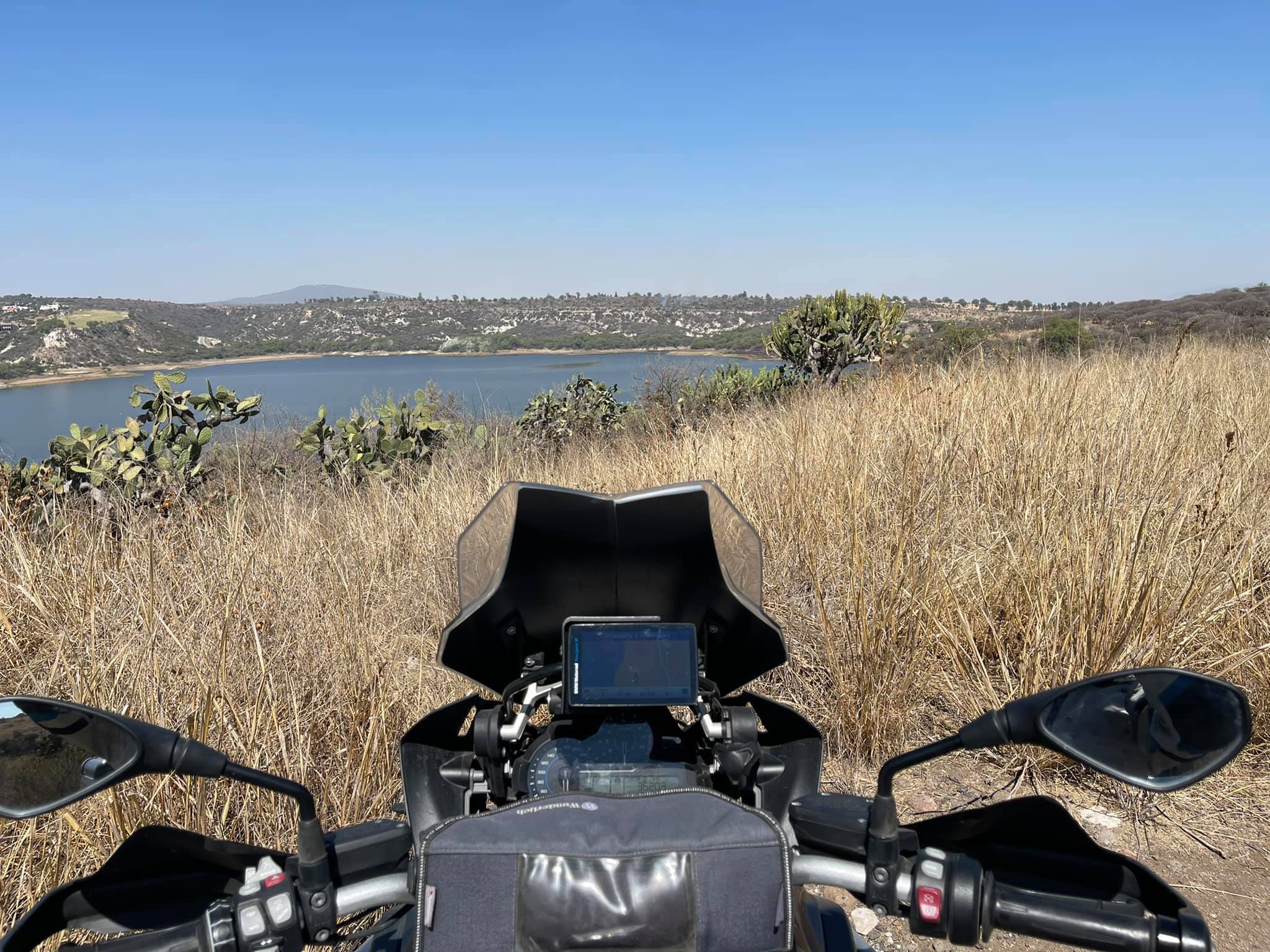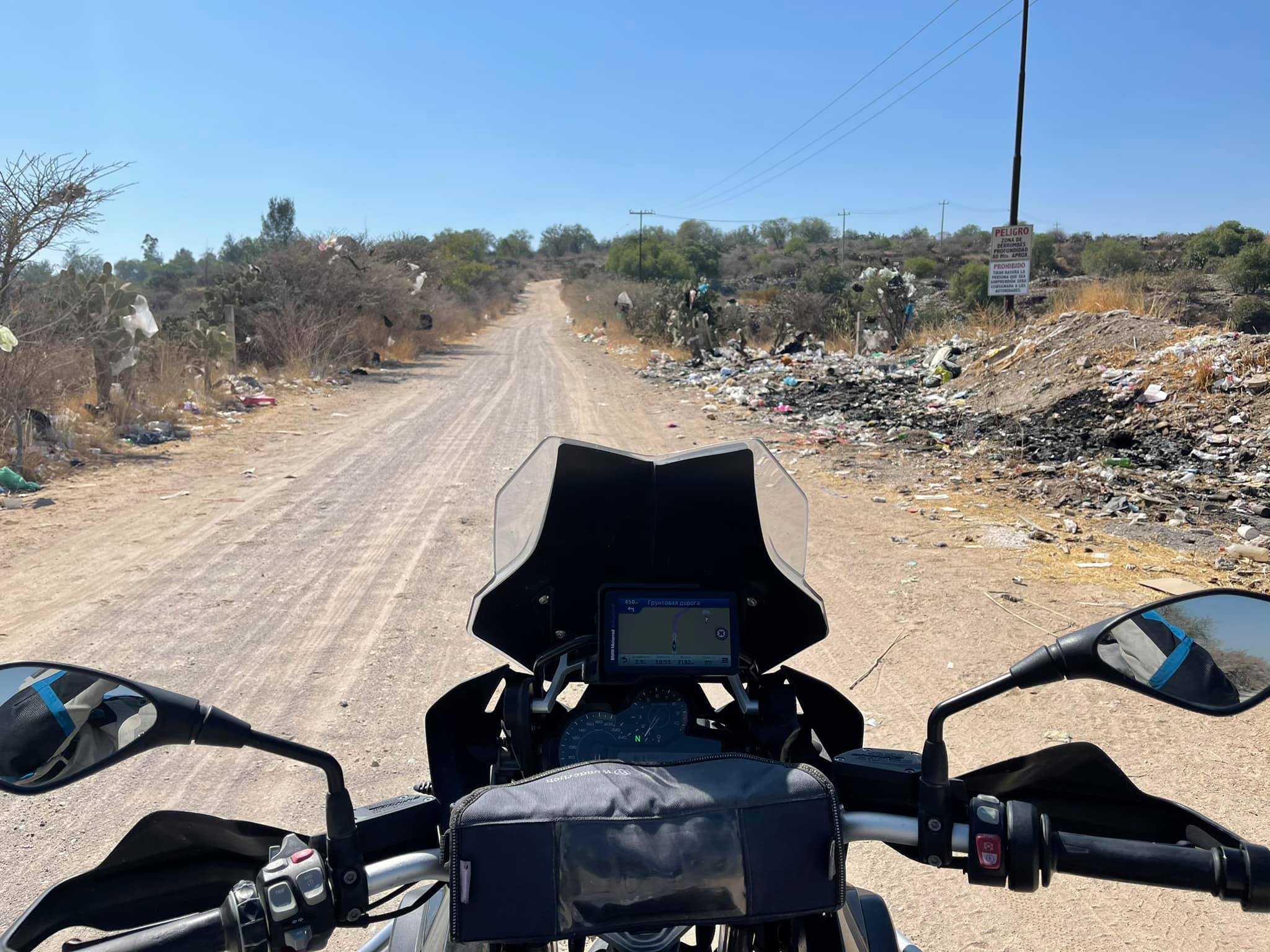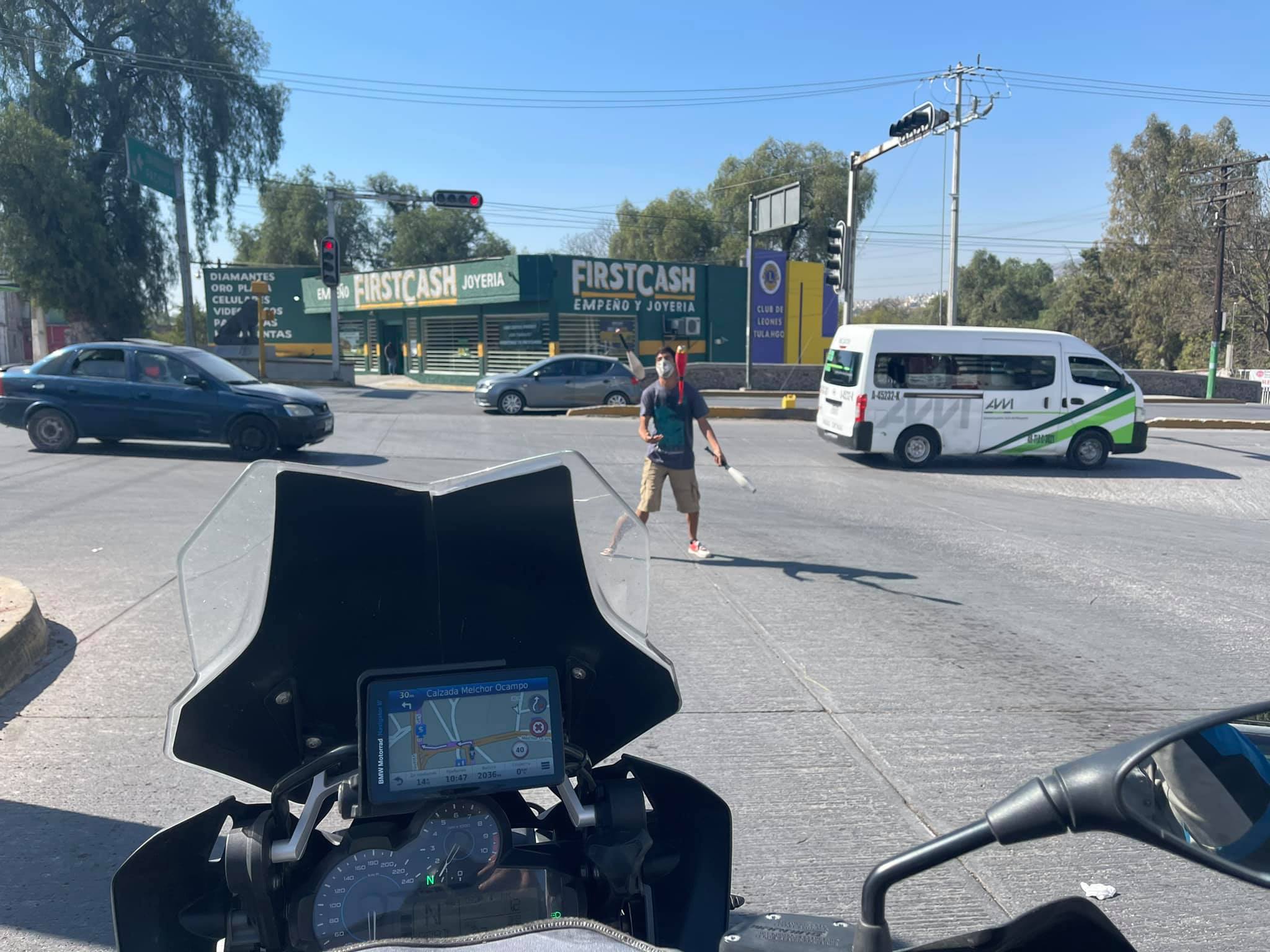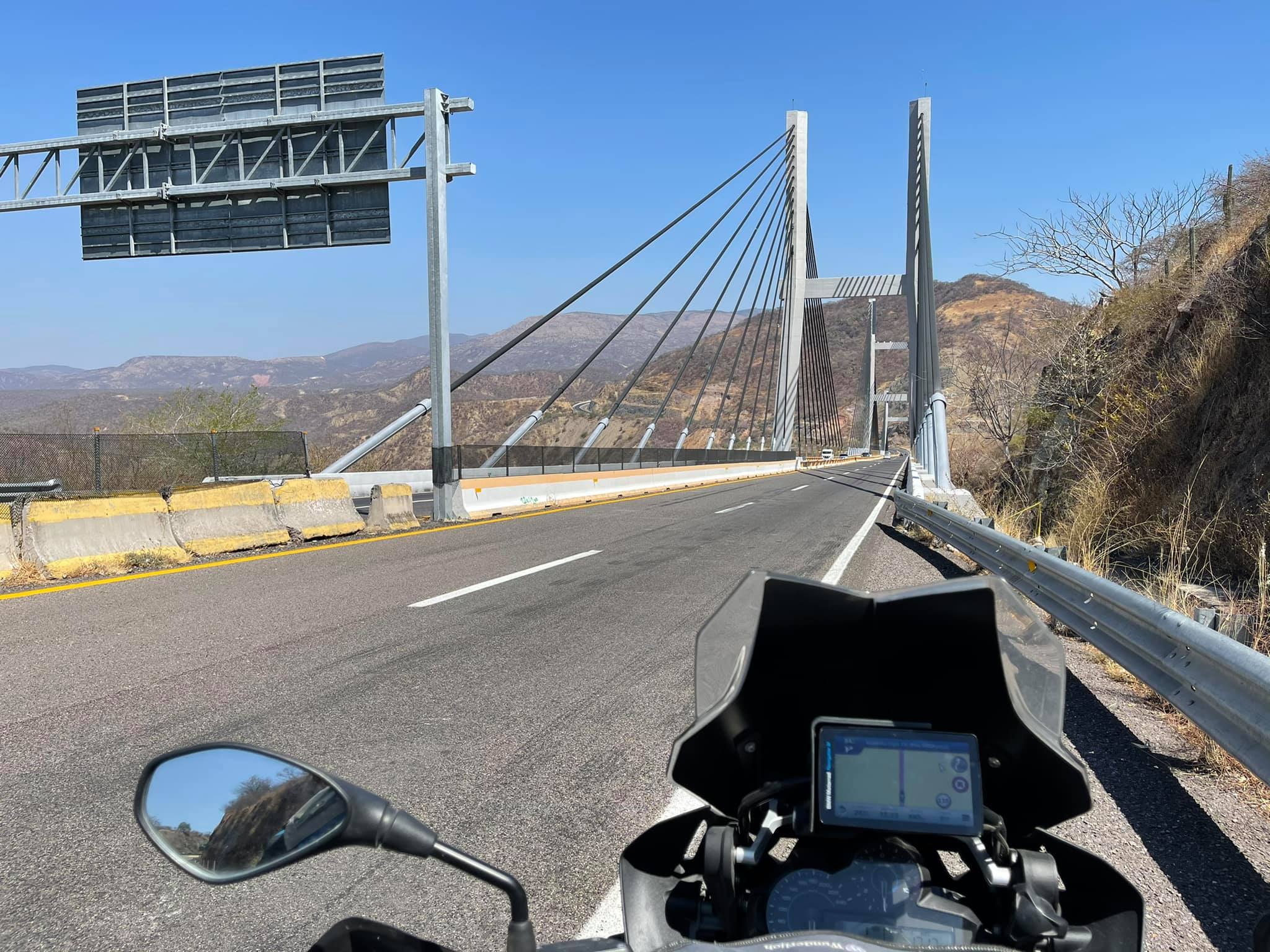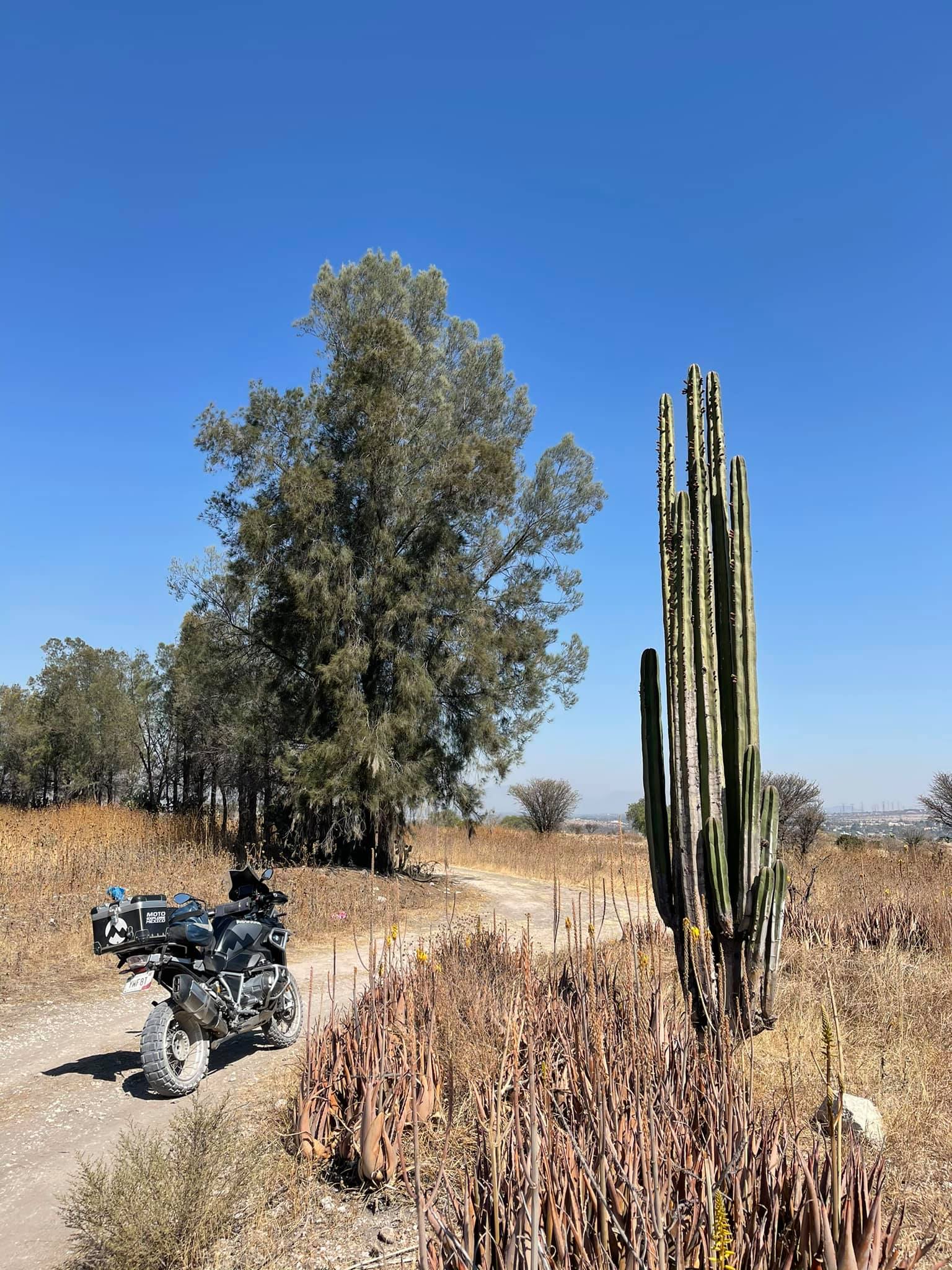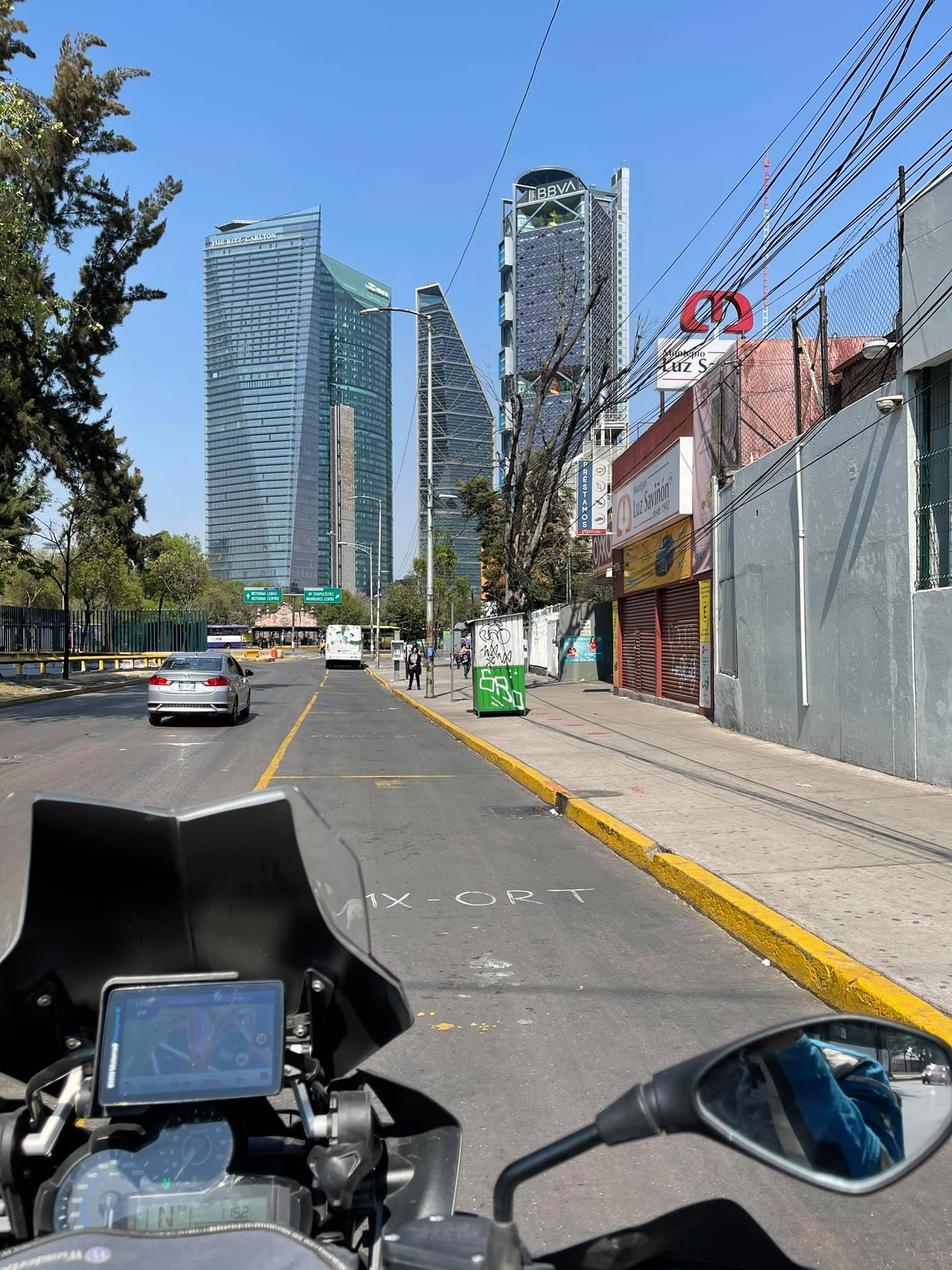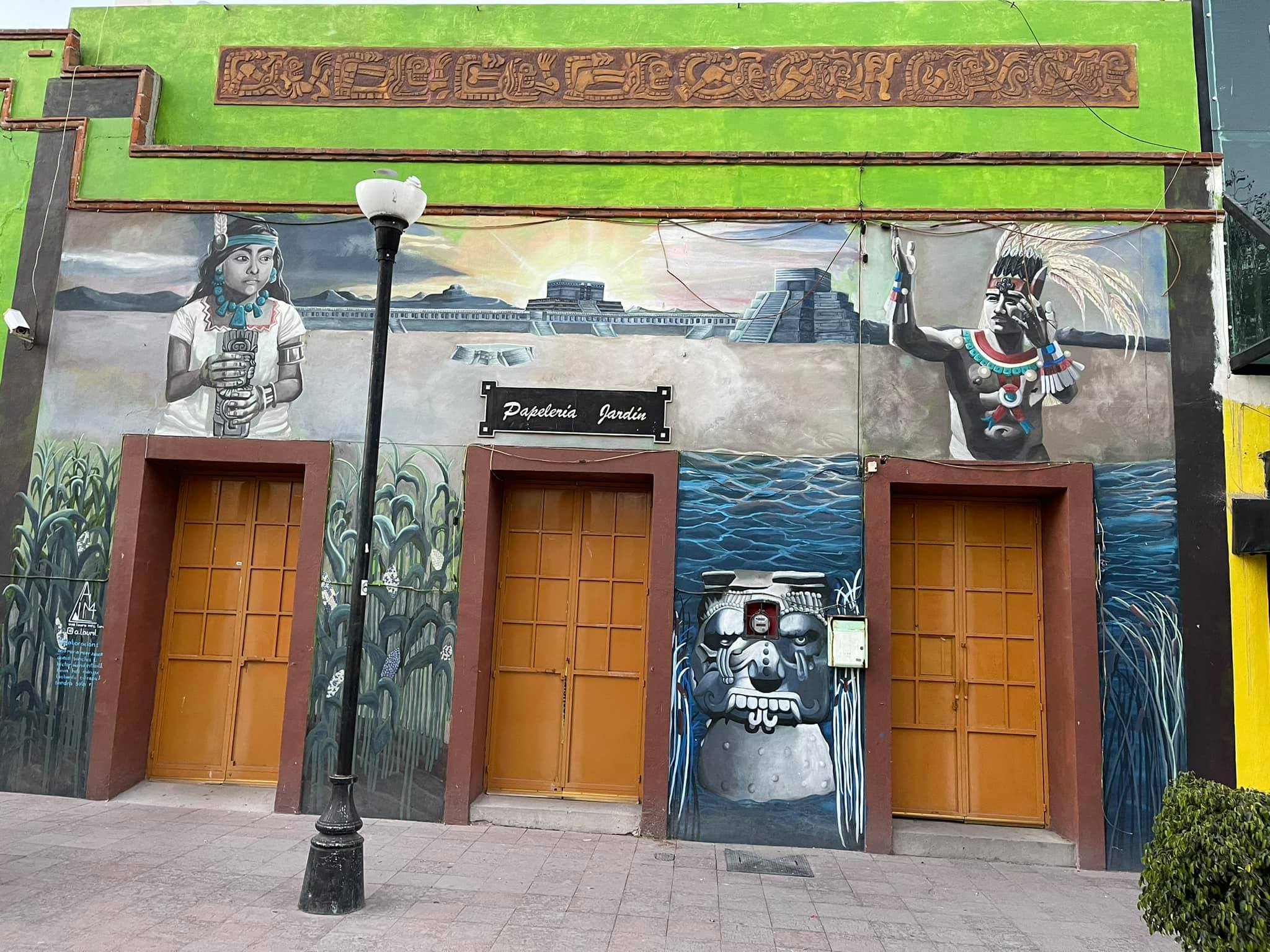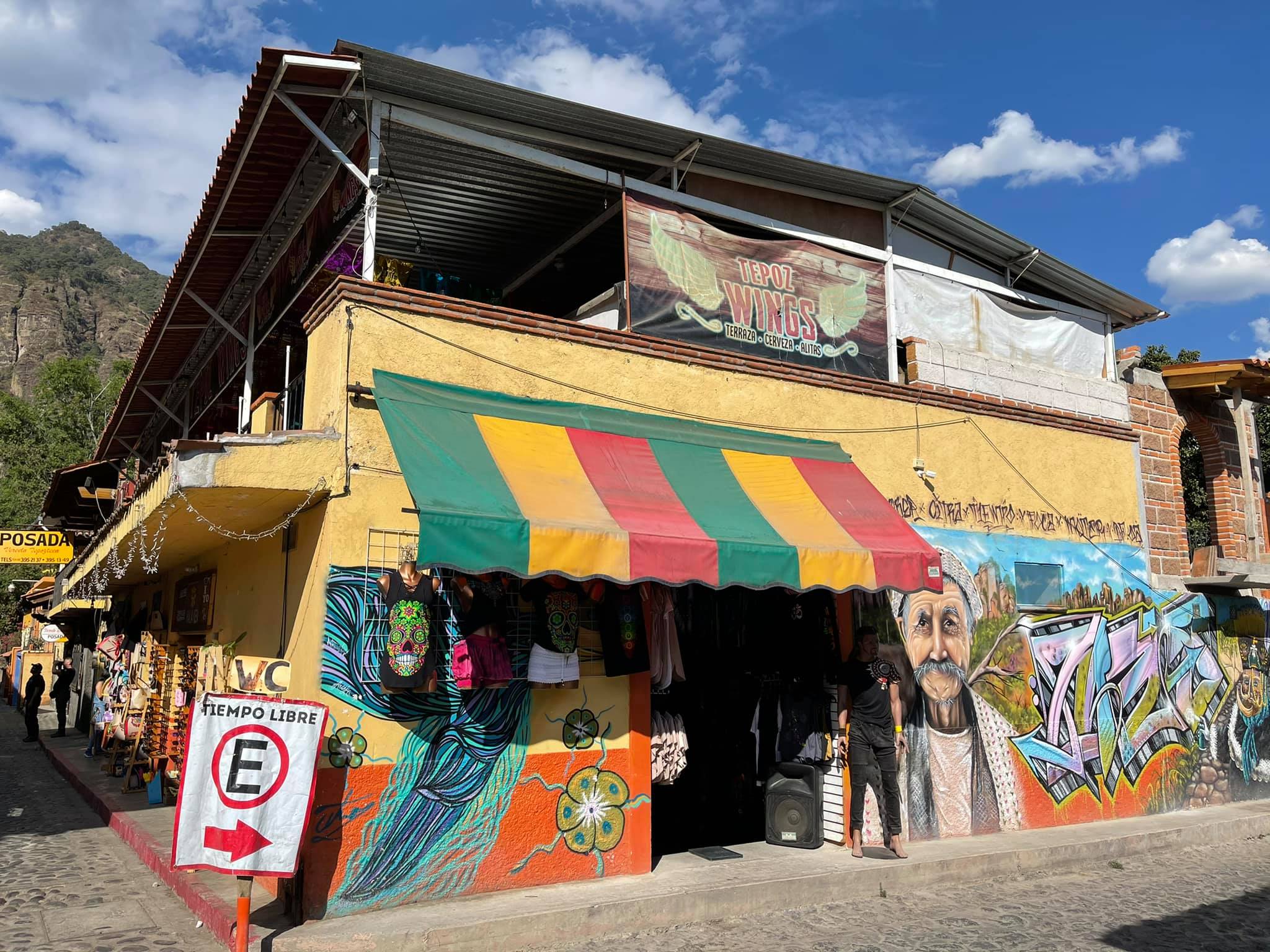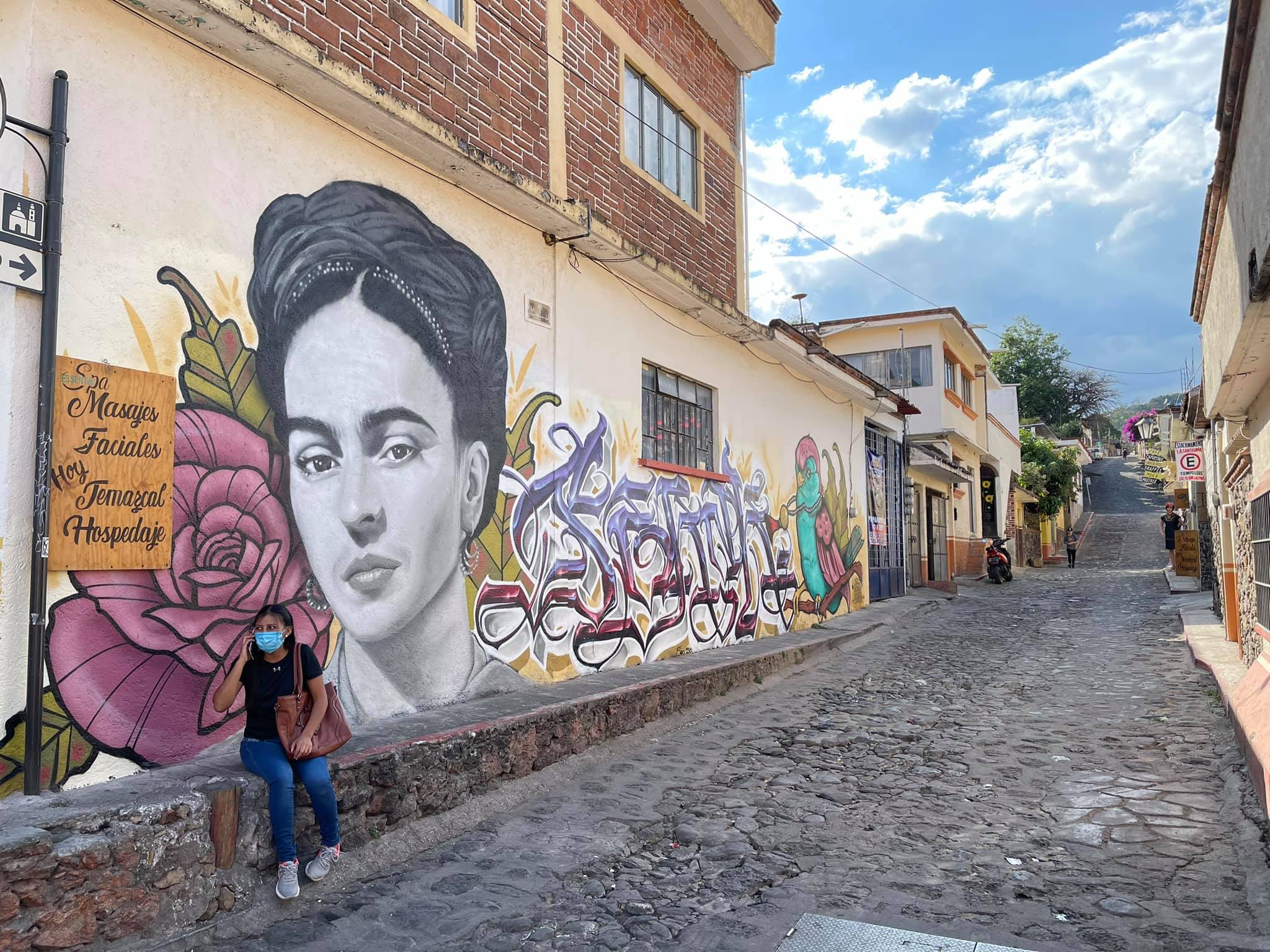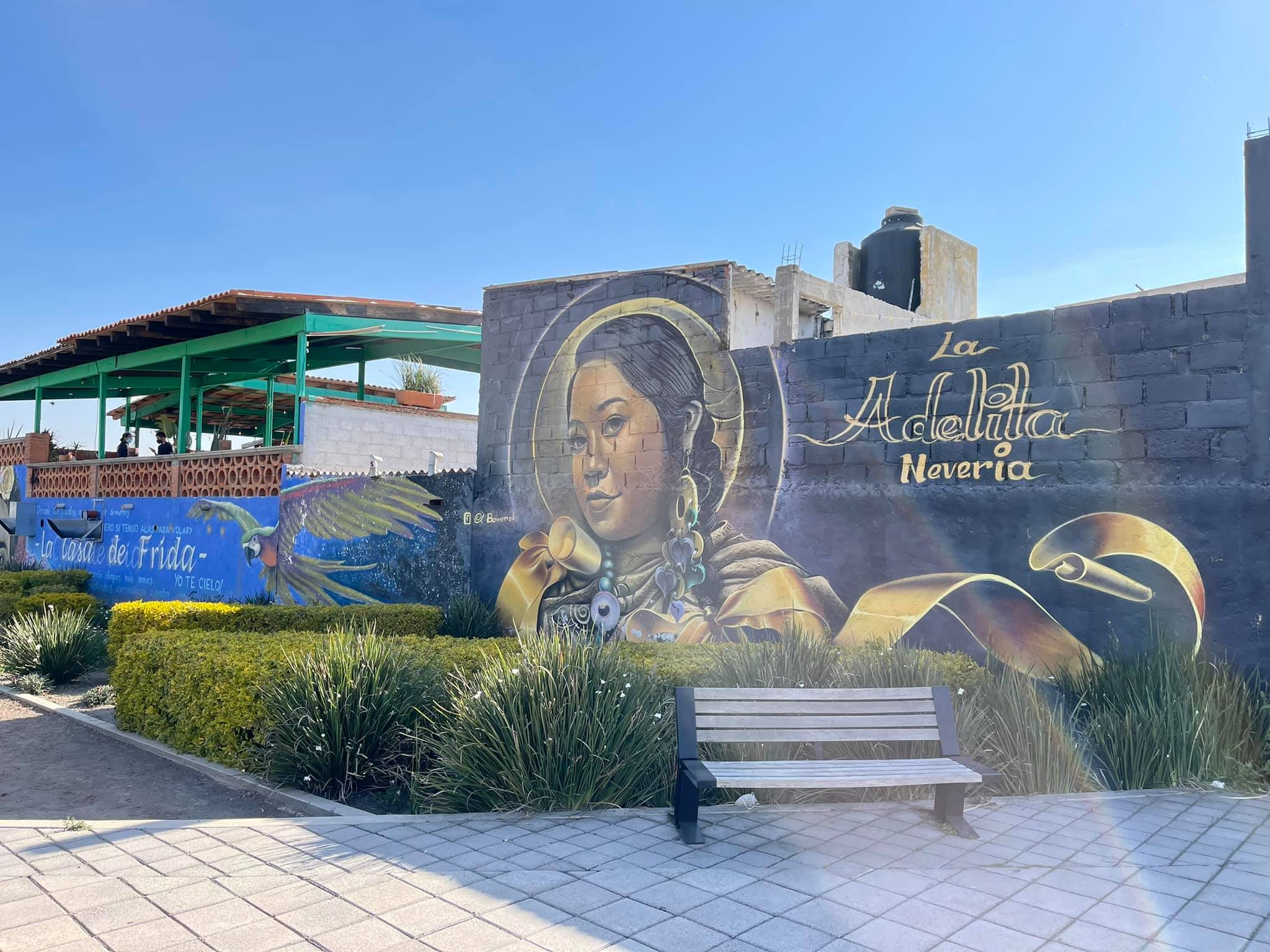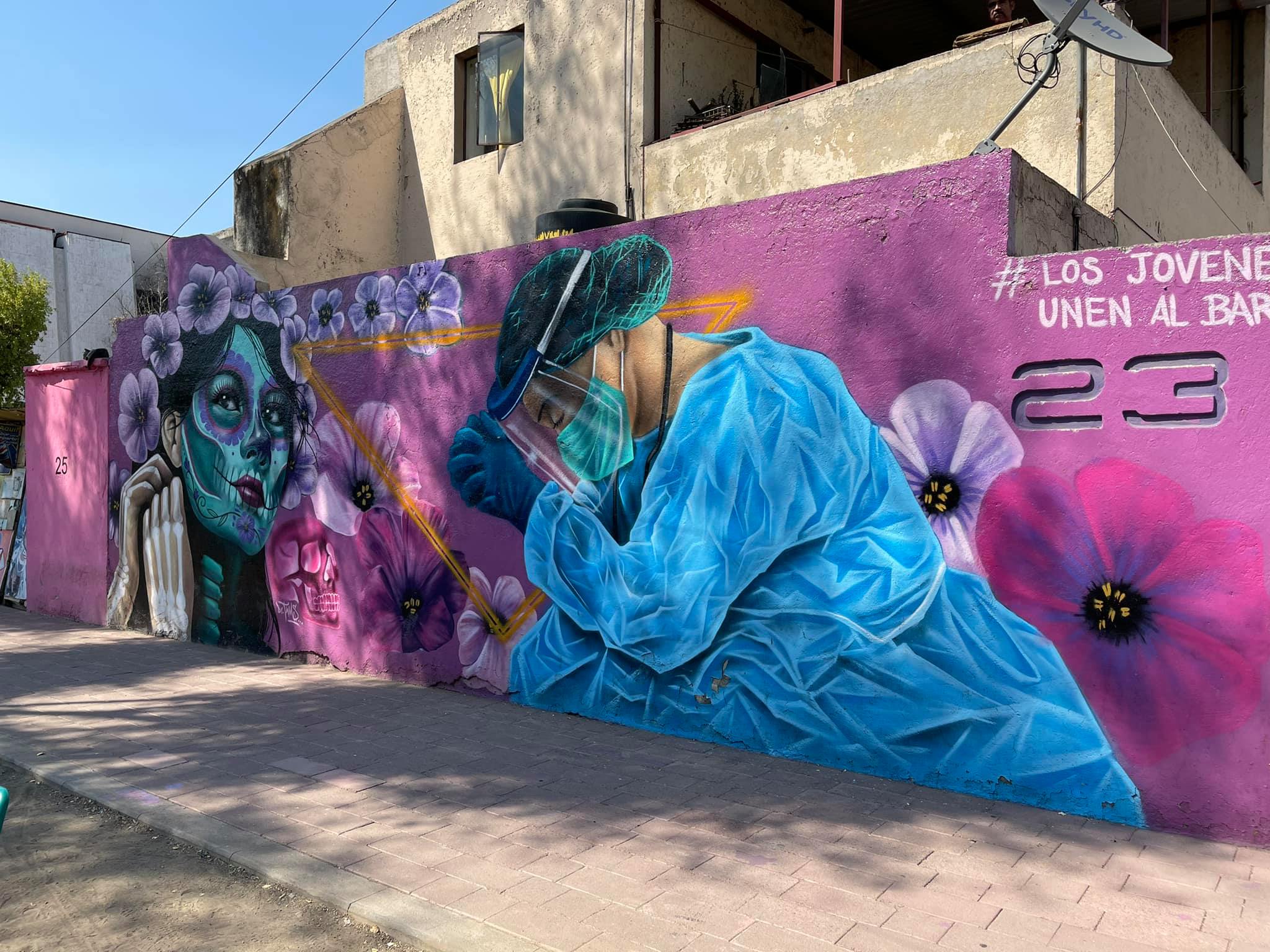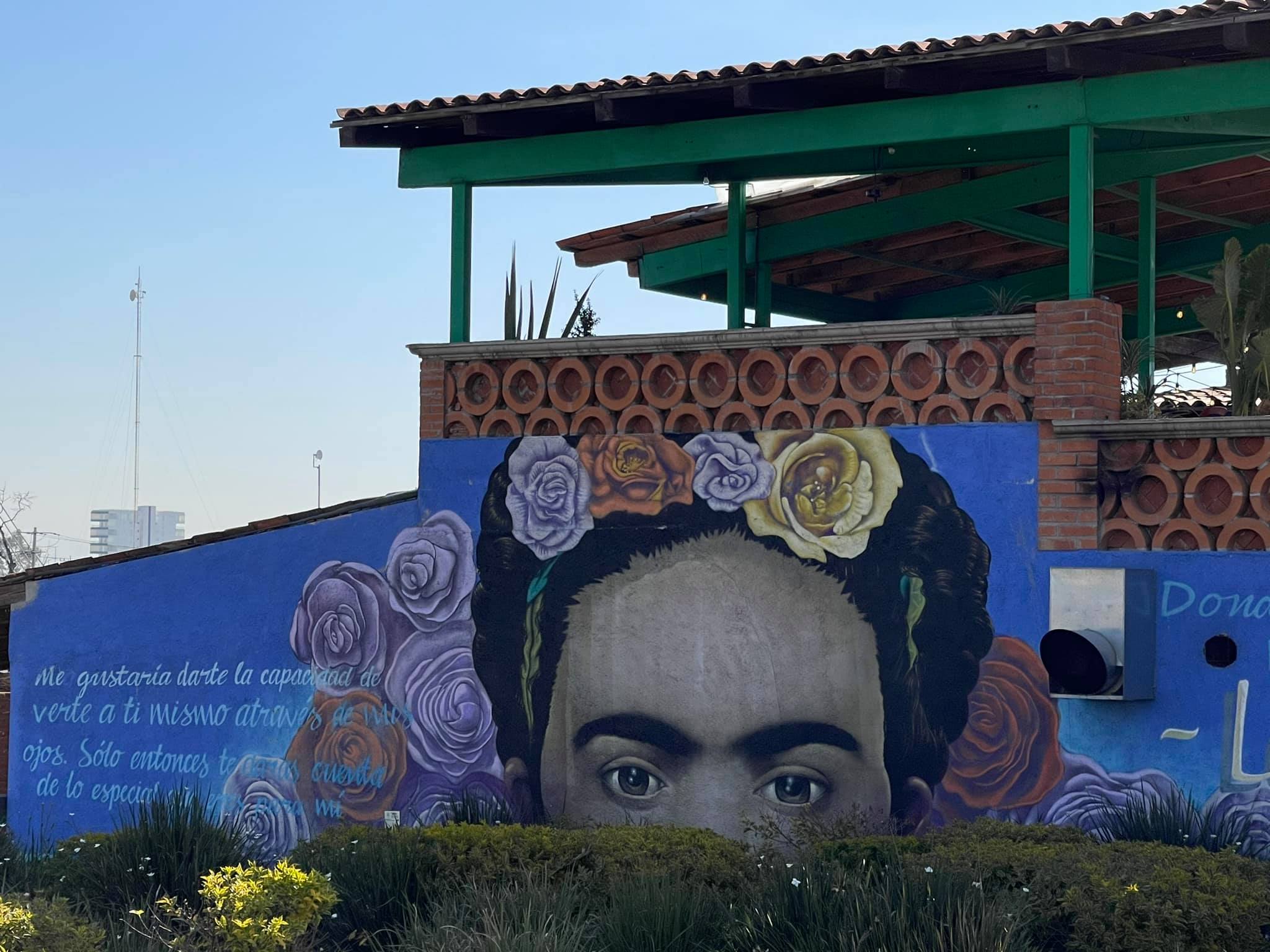Around Mexico on a motorbike. Part 2
Oaxaca is a state in central Mexico and a city, its capital. Today we will make a journey into the history of ancient Mexico and get acquainted with what remains of the ancient civilisations that inhabited these territories several millennia ago. Surely everyone has heard of the Aztecs and Mayans, the little-studied remarkable ancestors of the Indians, who left behind a huge number of mysteries.
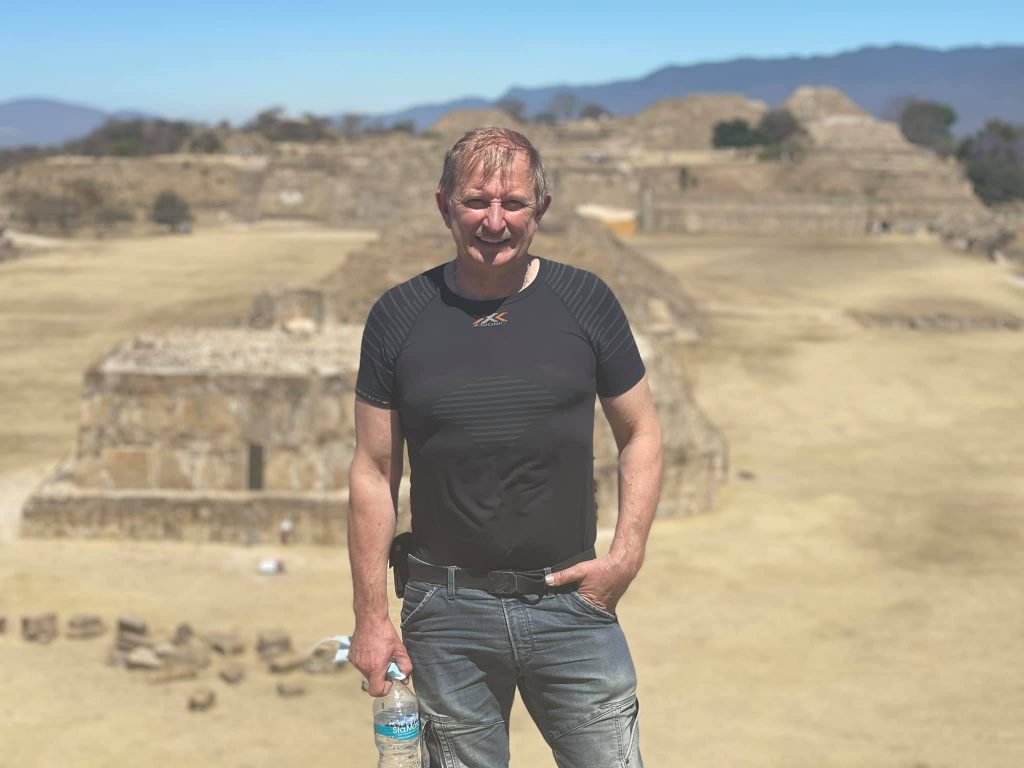
Mayan calendar, palaces and huge pyramids, built not only according to all the laws of earthly architecture, but also tied to the movement of the sun and moon with still unexplored meaning.
A few kilometers from Oaxaca on a mountaintop there is a mysterious site left by the ancestors of the Maya, the little-studied Zapotec Indian civilization. Historians suggest it originated in the 5th century BC. The capital, Monte Albán, located on a large plateau is known for its amazing Temple of the Dancing People with undeciphered inscriptions.
Scientists have not yet reached a consensus on the origin and demise of these powerful civilisations. There are even hypotheses about their extraterrestrial origin.
After a tour around the ancient city, we drive to the thickest tree in the world – The Tree of Tule. In 2005 its trunk, according to measurements, had a circumference of about 36.2 meters and a diameter of 11.62 meters. The height at the top of the crown was 35 meters. According to various estimates, it may be up to 3000 years old!
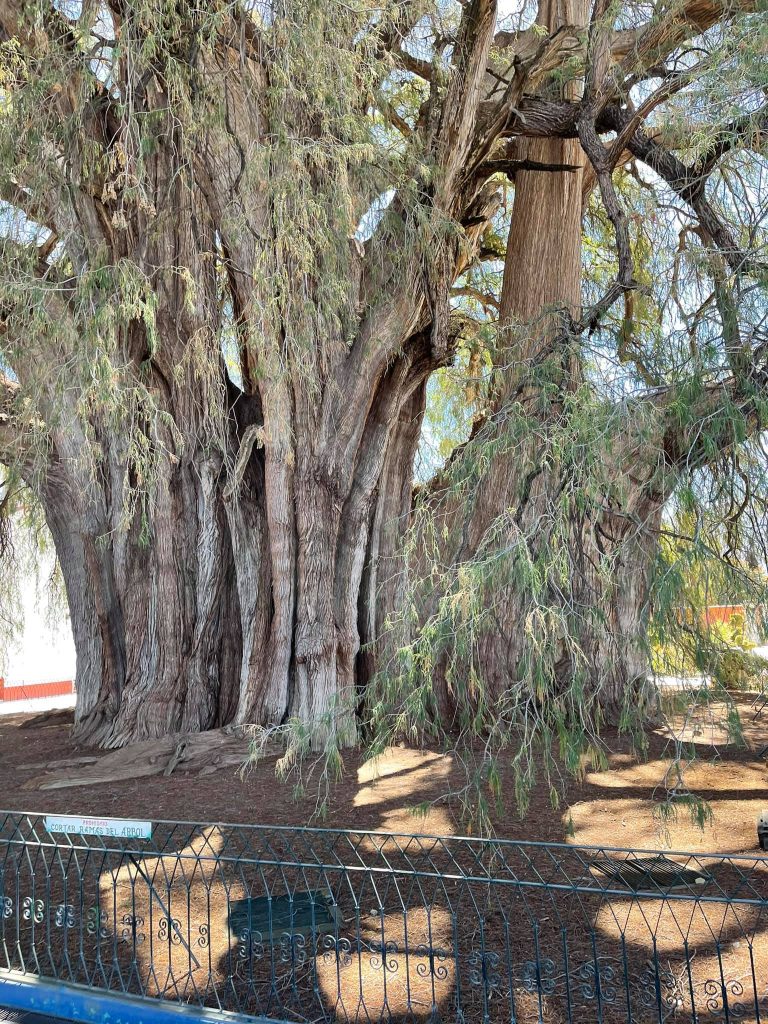
We rounded out our little trip today with a walk around the local market in the small town of Ocotlán.
Mexico. Oaxaca-Puerto Escandido
Today we drove on one of the most gorgeous mountain roads I've ever had to drive. No, it's not the most beautiful road in the world, there are no crazy views, no deep canyons, no gushing waterfalls. But there are a thousand turns, perfect asphalt, wonderful nature, practically no cars and all this splendour is more than one and a half hundred kilometers long!
We gradually descend from an altitude of 2700 m down to the ocean. The end point of today's route is Puerto Escondido, a small tourist town, a mecca for surfers all over the world. As you move down, the scenery changes. At the top it was cool and the aroma from the pine trees got under my helmet, surrounding me from all sides. Then the vegetation began to change and we suddenly found ourselves in a rainforest. Huge trees, from which lianas, palm trees and impenetrable thickets of exotic plants were hanging straight onto the road.
The ocean appeared suddenly and at first flashed a narrow strip through the foliage of the trees, then opened completely, going into the infinite distance sparkling blue, merging with the sky on the horizon.
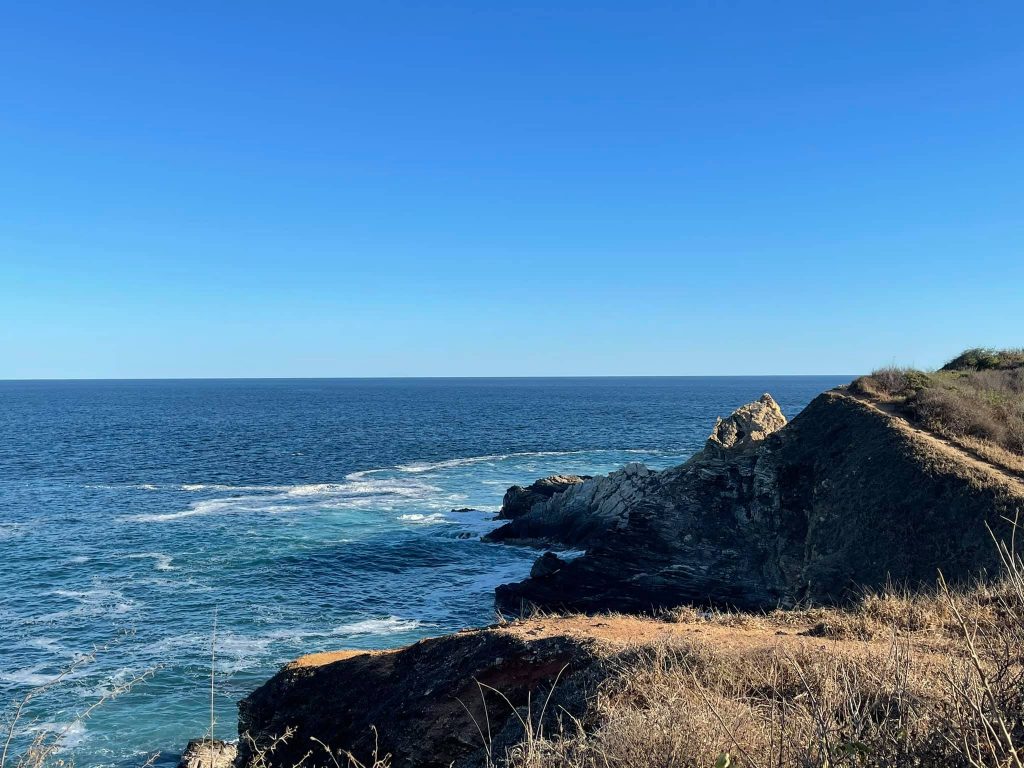
We arrived in Puerto Escondido at dusk, checked into the hotel and went to have dinner in one of the numerous restaurants on the ocean shore. Under the measured sound of waves a bottle of Argentine Sauvignon and local grilled fish with a hard-to-pronounce name went down easily and effortlessly. So did a second bottle of the same, but Chilean.
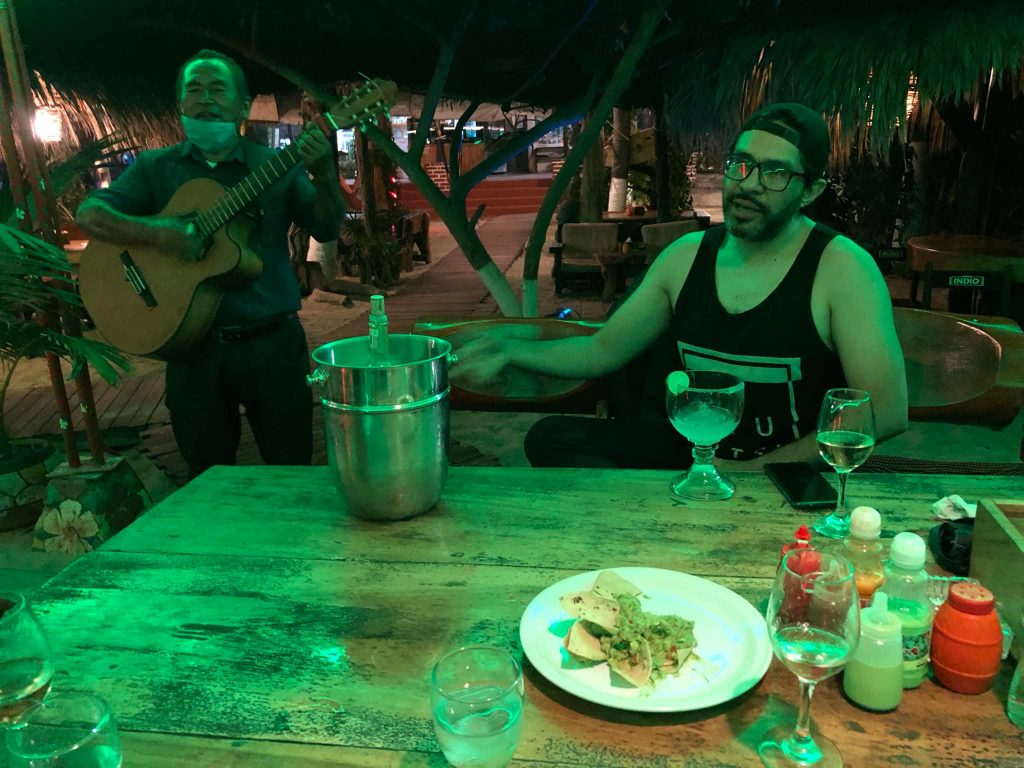
Puerto Escondido
Yesterday I wrote a post about how much we enjoyed the beautiful road from Oaxaca to Puerto Escondido. And today I accidentally found a post by a girl and her review of the road. Here is a small excerpt from her story: "The road from Oaxaca to Puerto Escondido is 300 kilometers of hellish hell and horrible horror. 7 and a half hours in a minibus on a mountain serpentine - it's not like flying on an airplane and munching on free food..." https://bptrip.ru/posts/mexico-puerto-escondido/
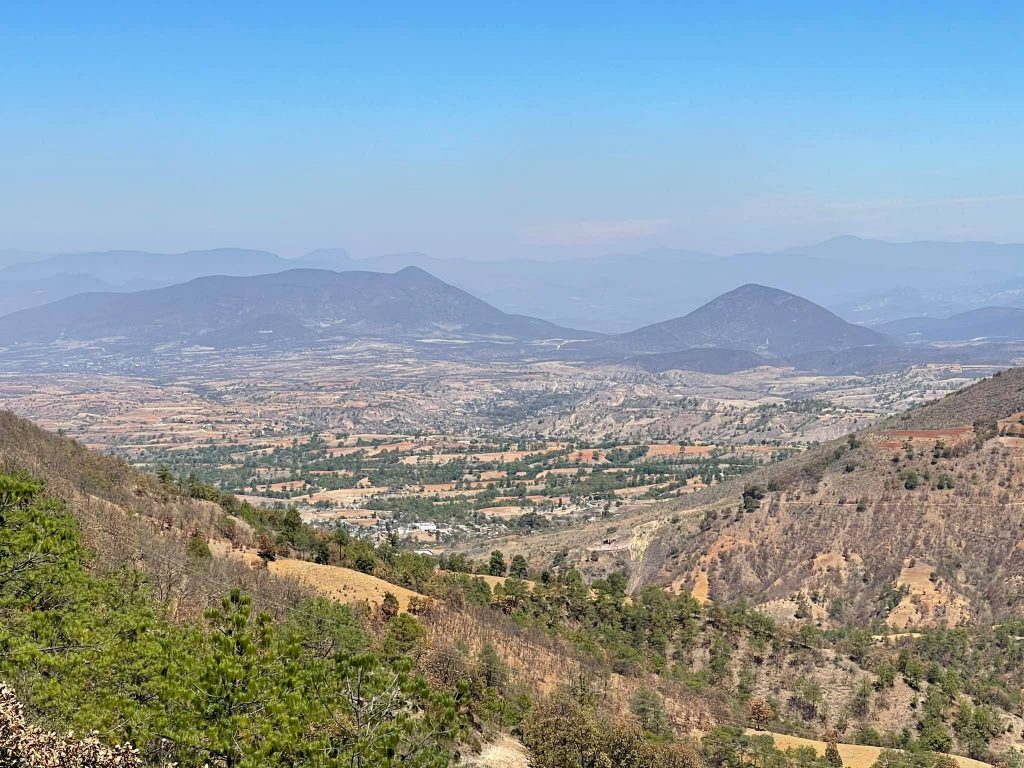
What different impressions people have of the same place! But I think if she had travelled this way on a BMW R1200GS motorbike instead of a bus, she would probably change her opinion to the opposite! :) :)
Puerto Escondido is a really cool little tourist town on the ocean. And what a gorgeous beach with clean, soft sand!
And the waves here are fantastic! 6-7-8 meters high. I tried to get in the water and swim a little bit, but it's not so easy. Huge waves come one after another and can easily drag you into the ocean. And only intrepid surfers on their boards try to ride them with varying success.
There are plenty of restaurants and cafes along the coast to suit all tastes. There are no problems with hotels either, especially now, when there are almost no tourists. The water feels about 26-27 °C. During the day the air temperature was over 30°C, in the evening it was comfortably 22-24°C.
I'd stay here for a day, but we have another splendid city ahead – Acapulco!
Acapulco
Acapulco has always been for me a distant mysterious city somewhere on the opposite side of the earth. Like Rio de Janeiro for Ostap Bender (the main character of the famous ironic novel "The Twelve Chairs" by I. Ilf and E. Petrov). I knew nothing about it except for the famous Ricchi E Poveri song "Acapulco" and assumed, like Comrade Bender, that it was always warm, with palm trees and the ocean, and all the men wore white trousers, hats and smoked expensive cigars. Well, I was a little wrong about the trousers and cigars, but otherwise, in general, my guess was right. :) :)
Acapulco is one of the best resort cities not only in Mexico, but in the whole Latin America. The city is quite big (about 700 thousand inhabitants) and variable. The main part of it is no different from most other Mexican cities – houses, shops, streets, McDonald's, Walmarts and other elements of globalization.
But there is also something that attracts numerous tourists and celebrities from all over the world to Acapulco. How many sunny days a year do you think there are in this city?
Didn’t guess!
360!!!
And at the same time the air temperature is 30-32°C for all 12 months, while the water temperature is 24-26°C.
Here one of the longest city beaches in the world is situated – 35 kilometers. Perfect sand, hundreds of cozy cafes and restaurants, hotels for every taste, from cheap guesthouses to seven-star luxury hotels with high-sky prices.
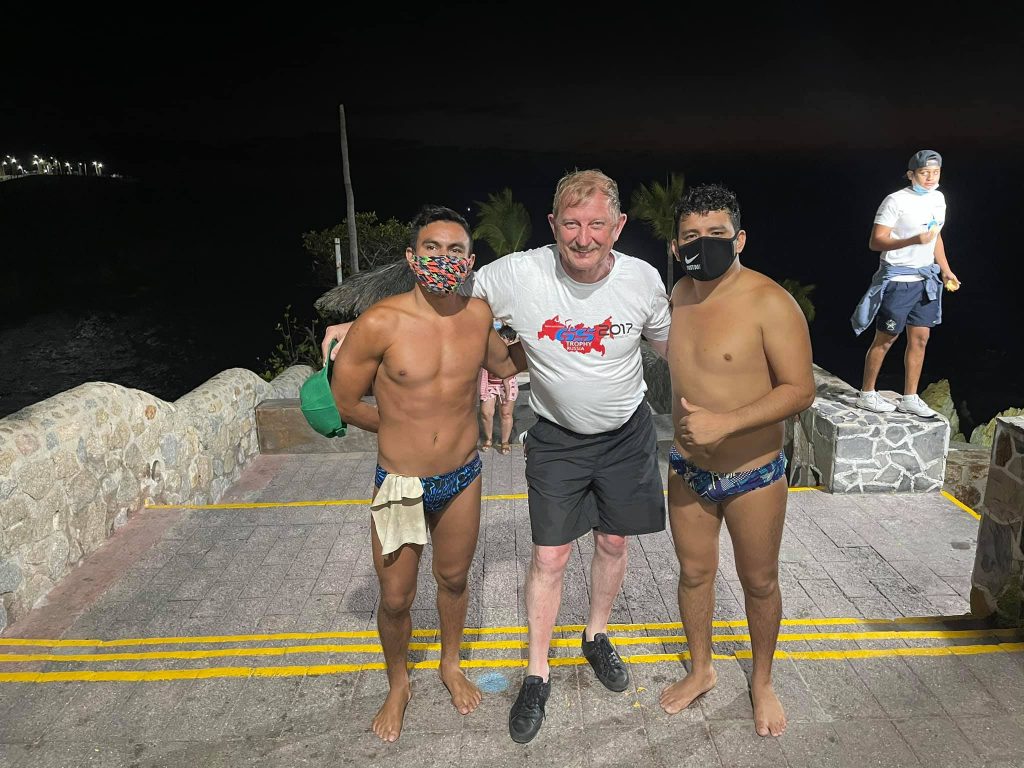
It is not without reason that many celebrities and billionaires have their residences here. It would be silly to come to Acapulco and not see it, so we decided to spend one full day here and rest a bit, as my motorbike's odometer was approaching three thousand kilometers.
We continue to explore the sights of central Mexico. Everyone knows about the great pyramids of ancient Egypt, included in the Seven Wonders of the World, but not everyone considers that in Mexico there are similar ancient structures, not inferior in size to the Egyptian ones.
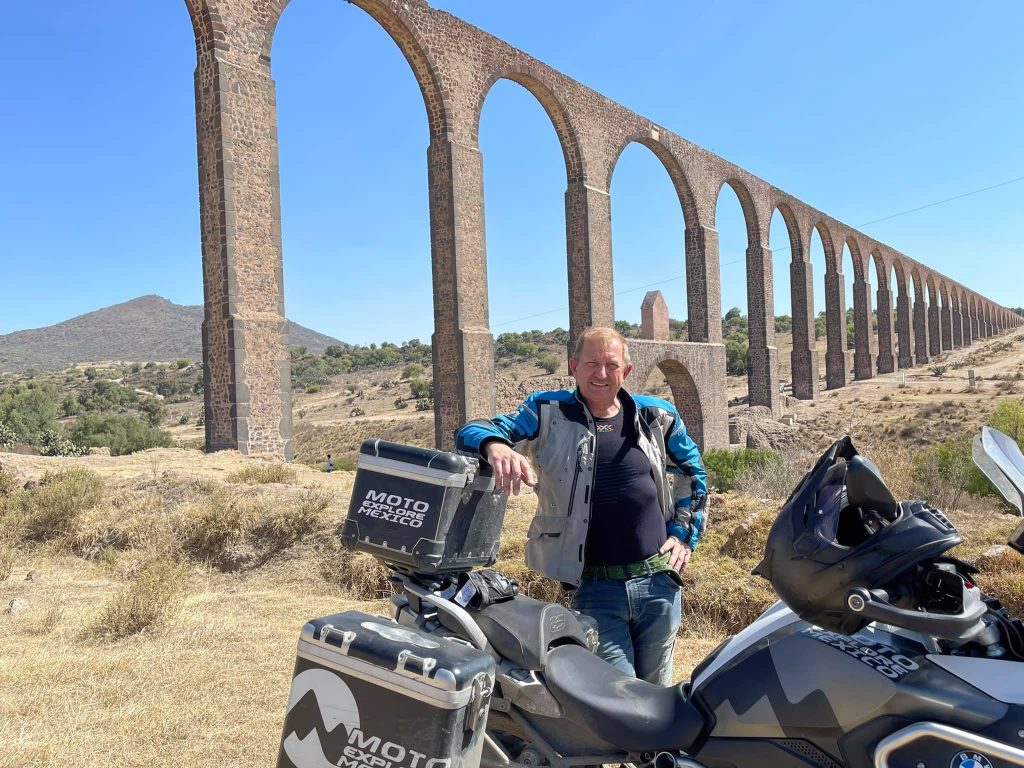
Two of these incredible pyramids we saw today and one we were able to climb. It was a giant pyramid in the town of Cholula with a height of 77 m and a base side length of 440 m! Based on volume, it is the largest pyramid in the world, bigger than the pyramid of Cheops! It was built in I-II centuries AD.
The second was the famous Pyramid of the Sun near the city of Teotihuacan, 64 m high. Unfortunately, we could not climb it, as the whole complex was closed due to the pandemic. We only managed to take a photo from afar.
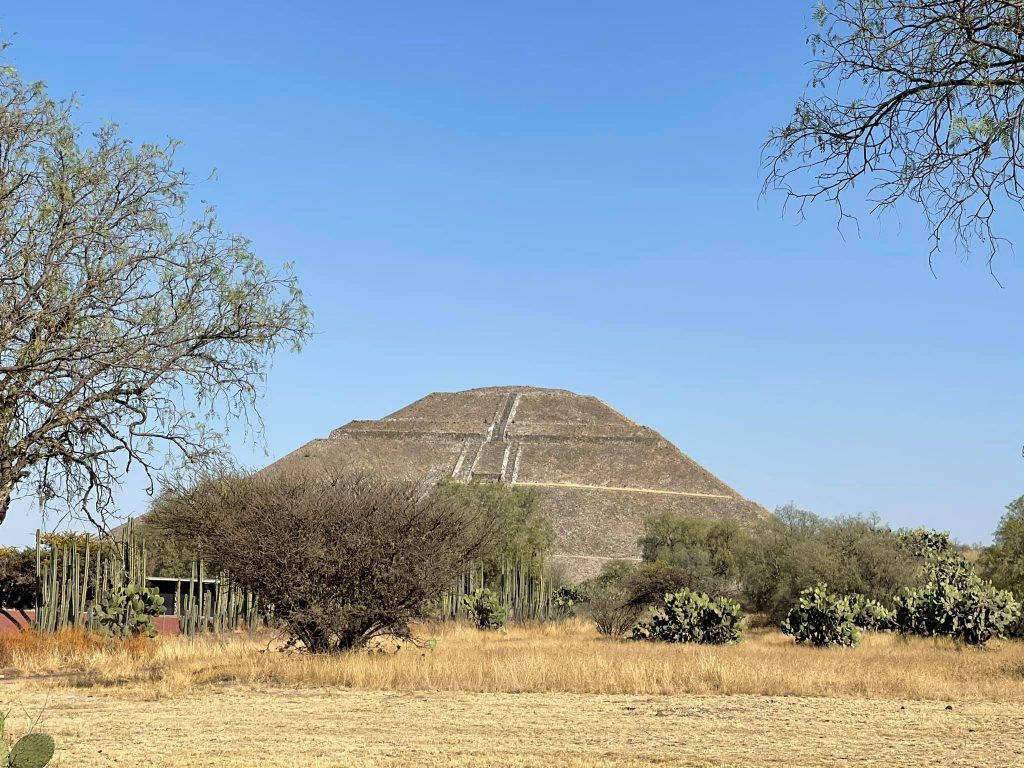
Another unique structure is the 16th century Acueducto del Padre Tembleque, a 45 km long aqueduct with magnificent high arches up to 38 m high.
We didn't get to the aqueduct right away, a couple of kilometers away Sergey crumpled the wheel disc and the pressure instantly dropped to zero. It was good that we found a tire shop nearby, where joint efforts solved the problem.
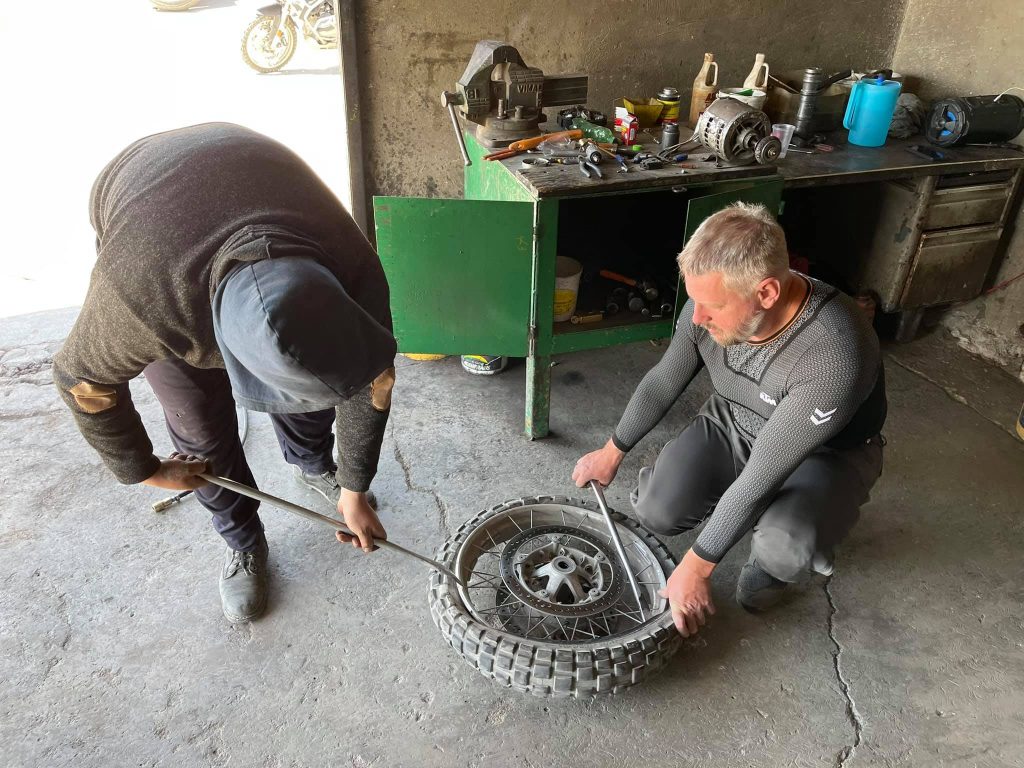
In the evening we arrived in a small town with a dear name for us - Tula. However, it is famous not for samovars, but for its archeological sites, which we, unfortunately, also could not see.
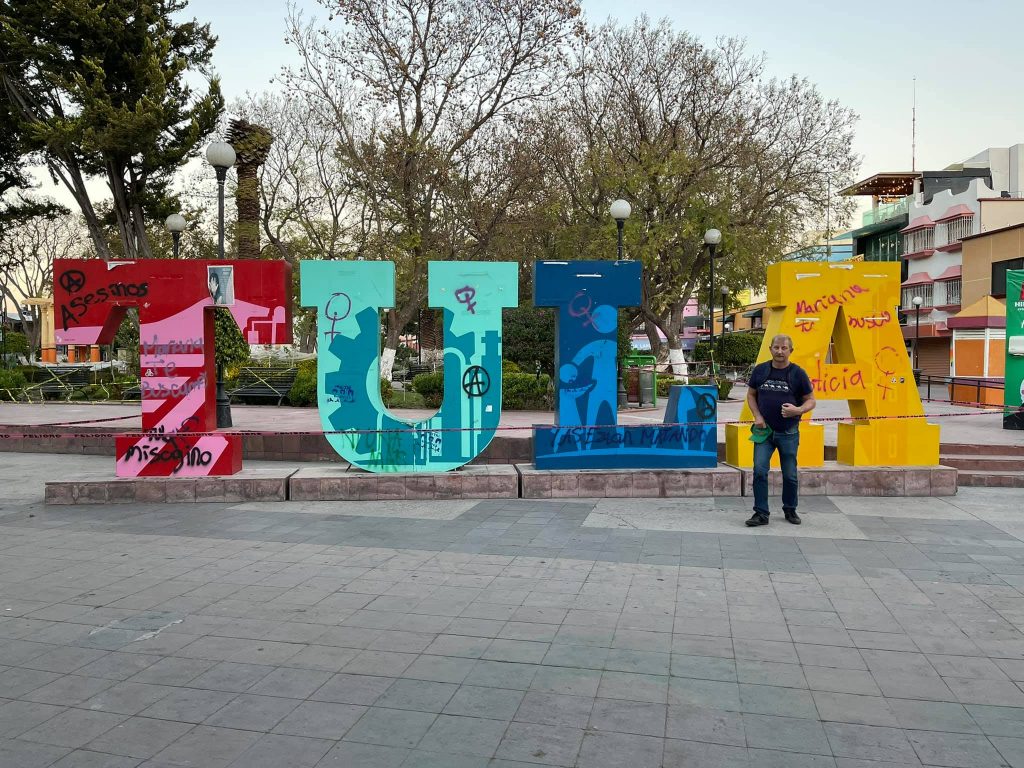
The roads of Mexico
In 10 days we travelled 3750 km. A lot, if you consider that most of them were mountain serpentines. The road network in Mexico is very well developed and 90% of the roads were of excellent quality. The main motorways are mostly toll roads. Their cost is very different and depends on the length of the route. The average price is 150-200 rubles for motorbikes, for cars it is twice as expensive, i.e. about 10 rubles per 1 km.
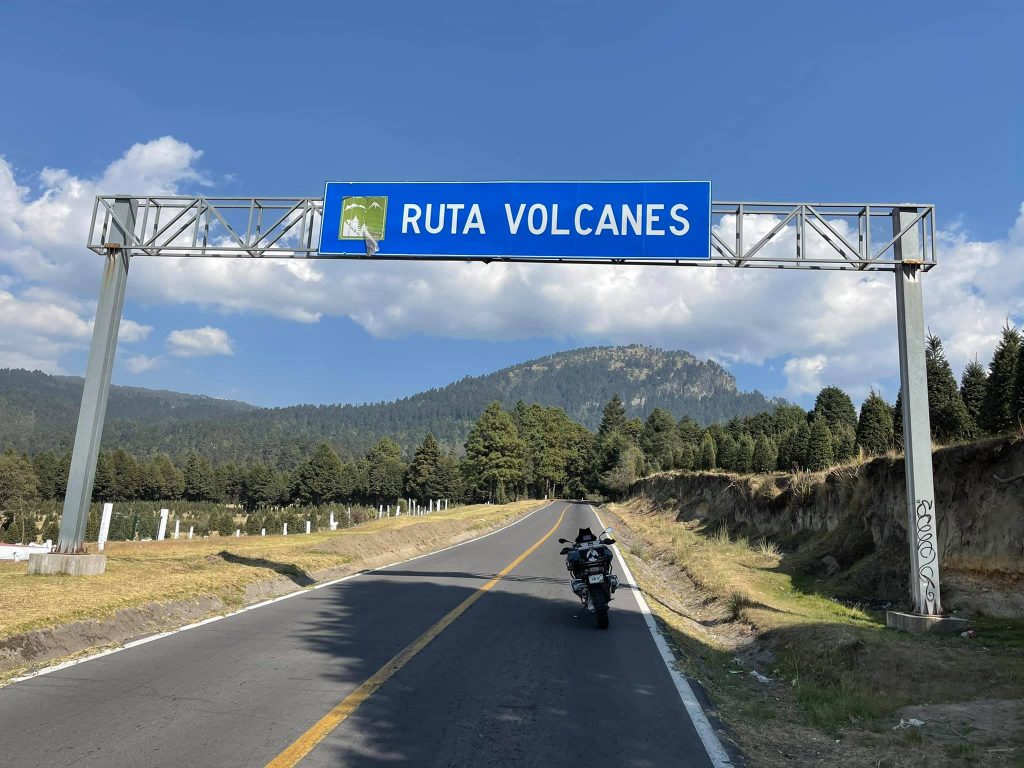
The secondary motorways are also of good quality, but there is one unpleasant surprise. In no other country in the world have I seen so many "speed bumps"! In every settlement, even in the smallest village, there are 4 of them per kilometer. And they are just huge! If on a GS you can jump over this obstacle at a speed of 30-40 km/h, then cars have to slow down to 5-10 km/h. Very often beggars stand on this "bump" in the centre of the road.
Another advantage of Mexican roads is that there are no cameras and no traffic cops with radars. In any case, I did not see any and we drove at the speed we chose ourselves depending on the traffic situation.
But there are a lot of police. I don't know their speciality, but I remember pick-up trucks, in the back of which there were usually two heavily armed and fully equipped policemen. Sometimes they held handguns in front of them, on a special rack, with their ammunition belts hanging down. We met them several times every day. Most likely they were patrols.
The roads in Mexico are not busy, even in the capital there are no traffic jams like in Moscow or St. Petersburg. We only got into a dead-end traffic jam twice, once because in some small town the inhabitants blocked the highway, making some demands of the local authorities. The second time was because of an accident, an old pickup truck had a bald tire blown out and the car hit a jackknife and overturned, blocking all traffic. People were hurt badly, but survived.
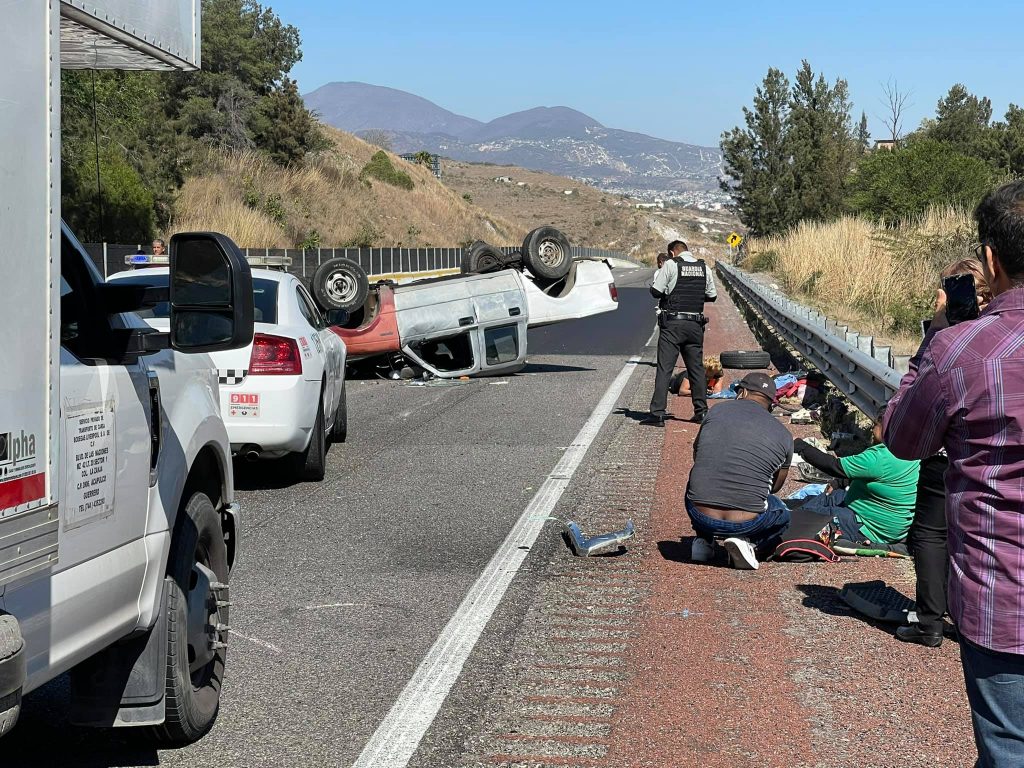
We found the driving style in Mexico very calm and measured. The drivers treated us kindly, despite the fact that we were not very good at observing traffic rules and tried to get between cars whenever space allowed.
Petrol costs 1$ per litre on average. There are a lot of petrol stations, you don't need to go to the cash desk, usually paying the petrolman in cash.
The petrol stations are all alike. A small shop, a coffee machine and a toilet. We have not met such posh petrol stations as ours with full-fledged cafes, car washes and large shopping areas.
The car fleet is very different, from old rusty Fords and Volkswagens to quite decent Toyotas and Chevrolets. But there are very few expensive BMWs, Mercedes and other Audis.
Surprising was that in such a posh country it was rare to find motorbike travellers and decent motorbikes in general. I don't take Chinese mopeds into account.
Graffiti in Mexico
There is one interesting thing about almost all the cities in Mexico, and indeed all of Latin America – graffiti.
No, it is not the ugly scribbles we see on fences, road signs and rubbish bins.
These are real works of art that are very difficult to pass by or drive by without stopping. In Mexico, you can often find huge colourful paintings on the walls, done professionally and with a certain meaning embedded in them.
The subject matter can vary, but for the most part it's images of people in different situations and interpretations.
Great!
 Cap-travel.ru
Cap-travel.ru